A Walk in the Heat to Hydra School Projects 2025
The heat makes you slow down. Cicadas stretch their song into something almost endless, wrapping the island in a pulse you can feel in your skin.
We leave the harbor and climb the hill to meet with Dimitrios Antonitsis, artist, curator, and founder of the Hydra School Project, a good friend whose exceptional vision has shaped many summers here.
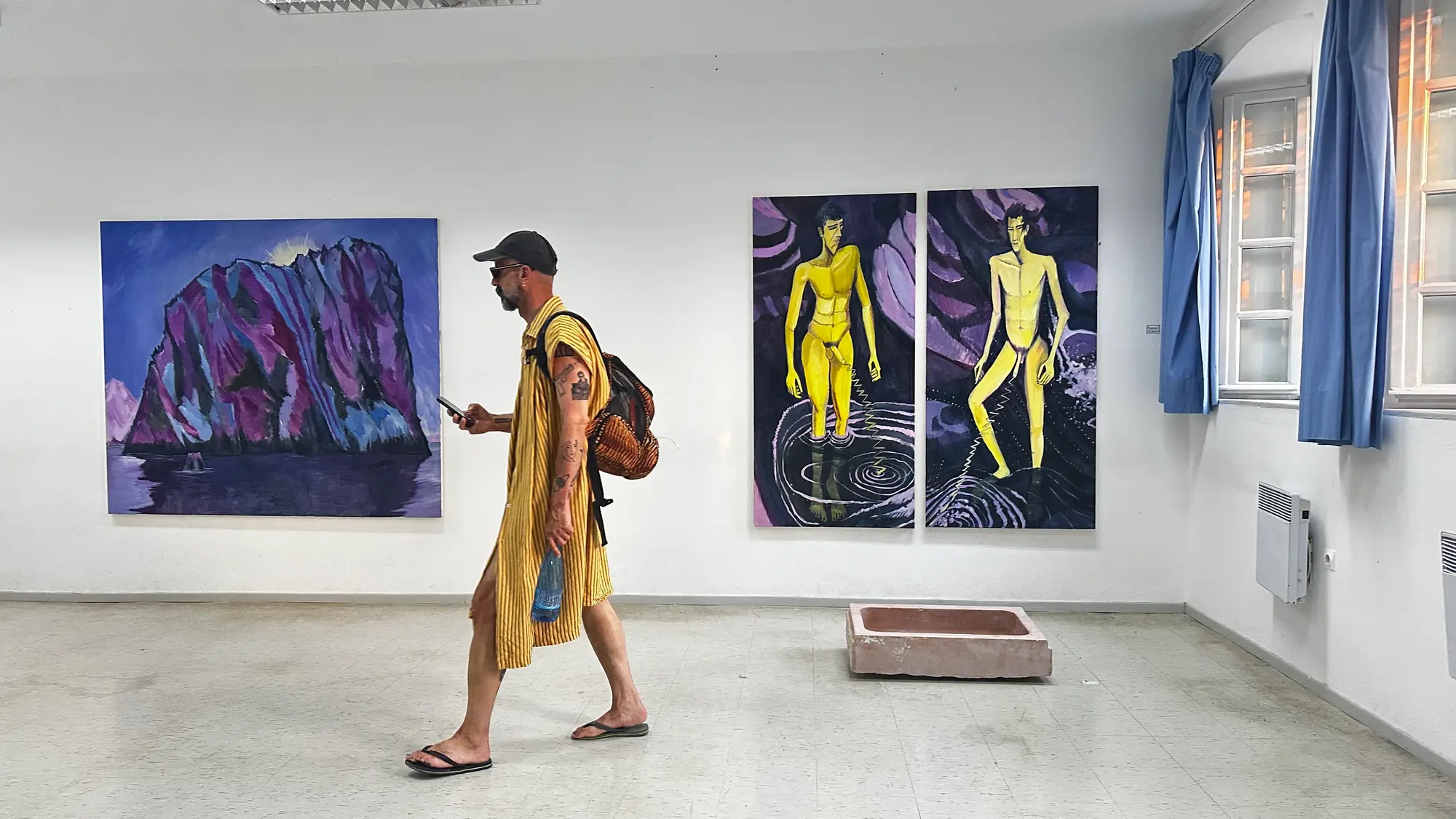
The school is quiet in the holiday months. Its white walls and empty classrooms hold the kind of stillness that turns sound into echo.
This year’s show, Lithos/Lethe, feels made for this pause in the island’s rhythm. The title draws on Greek origins: meaning “stone,” symbolizing permanence and memory, and lethe meaning “forgetfulness,” referencing the mythic river of oblivion.
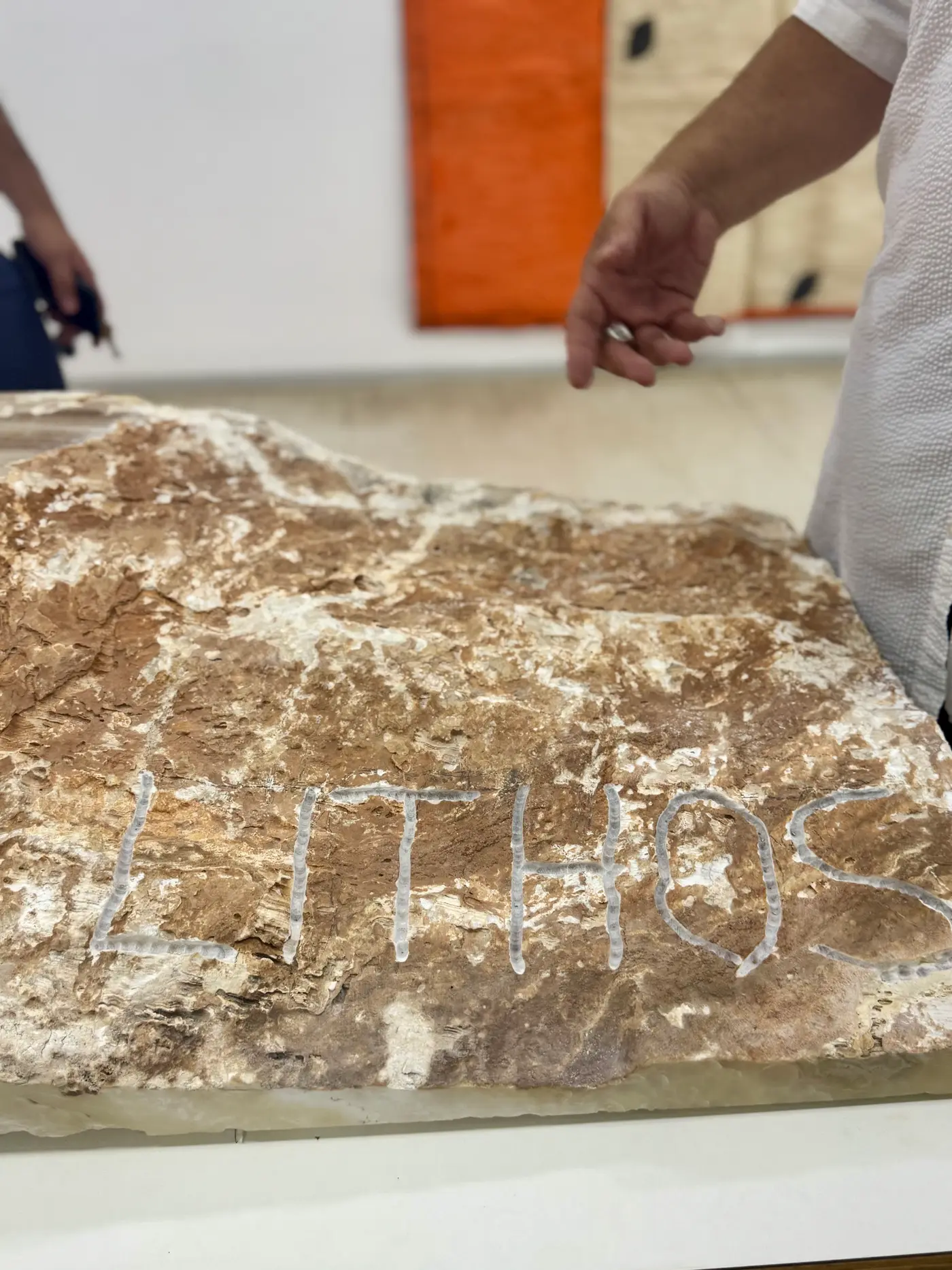
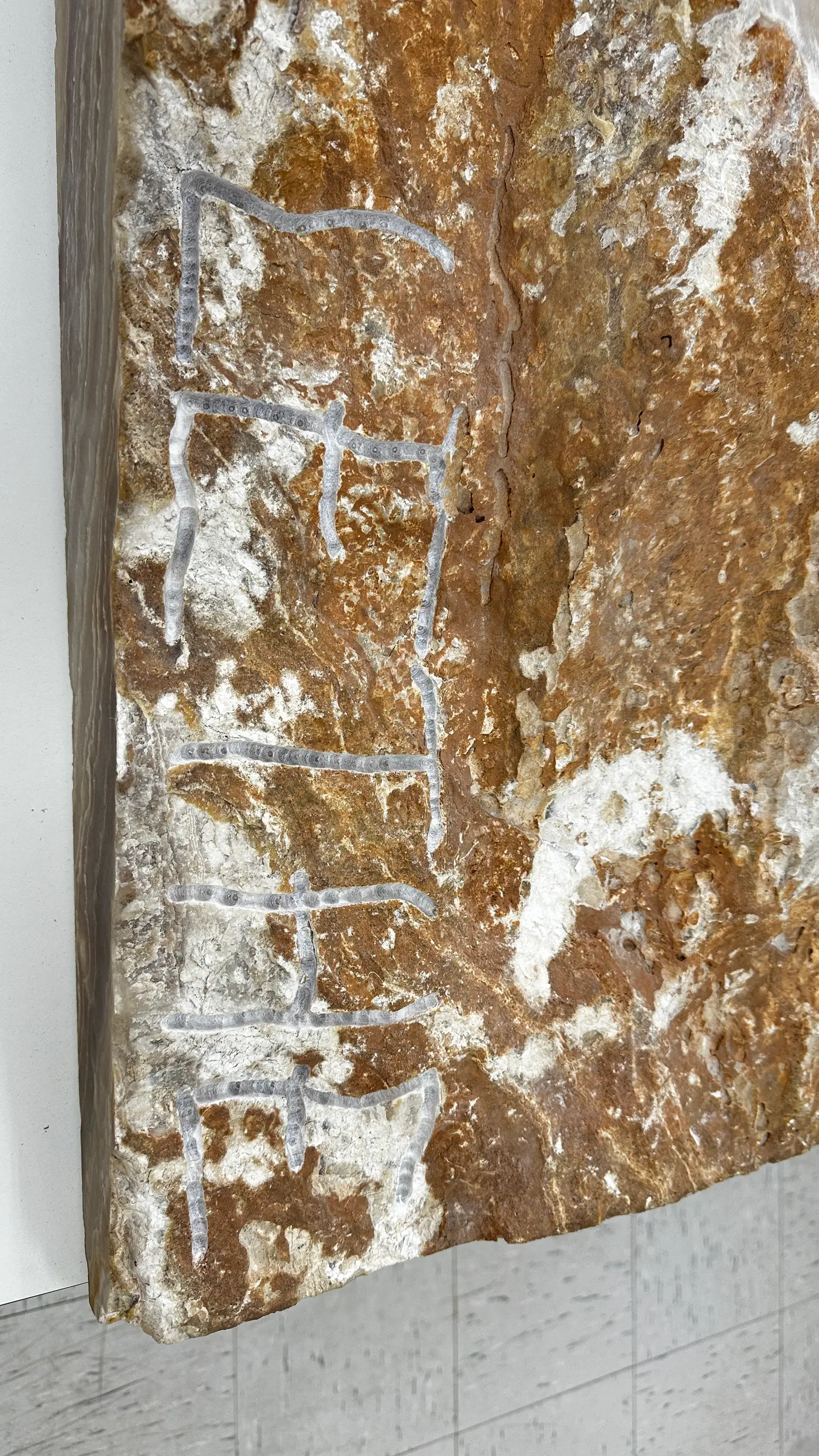
Marble works by Dimitrios Antonitsis for Hydra School Projects 2025. The engraved words “Lithos” (stone) and “Lethe” (forgetting) anchor the exhibition concept, connecting material permanence with the idea of memory and loss.Image Courtesy of Munchies Art Club
Together, they evoke a tension between remembrance and forgetting, inviting viewers to explore how what is solid can also dissolve into the unknown.
Nine artists, each holding their own language, are brought together in a conversation about stone, memory, and the strange permanence of impermanence.
The Founder’s Mark – Dimitrios Antonitsis
Before leading us through the rooms, curator and artist Dimitrios Antonitsis pauses in the courtyard to present his new work: carved marble forms scattered among the white amphitheater steps.
Once functional sinks, they are now reimagined as artifacts, newly inscribed by his hand. Each bears an engraving: Lithos, Lethe, meaning stone and forgetting.

This outdoor presentation, titled Fountains, marks Antonitsis’ first engagement with marble.
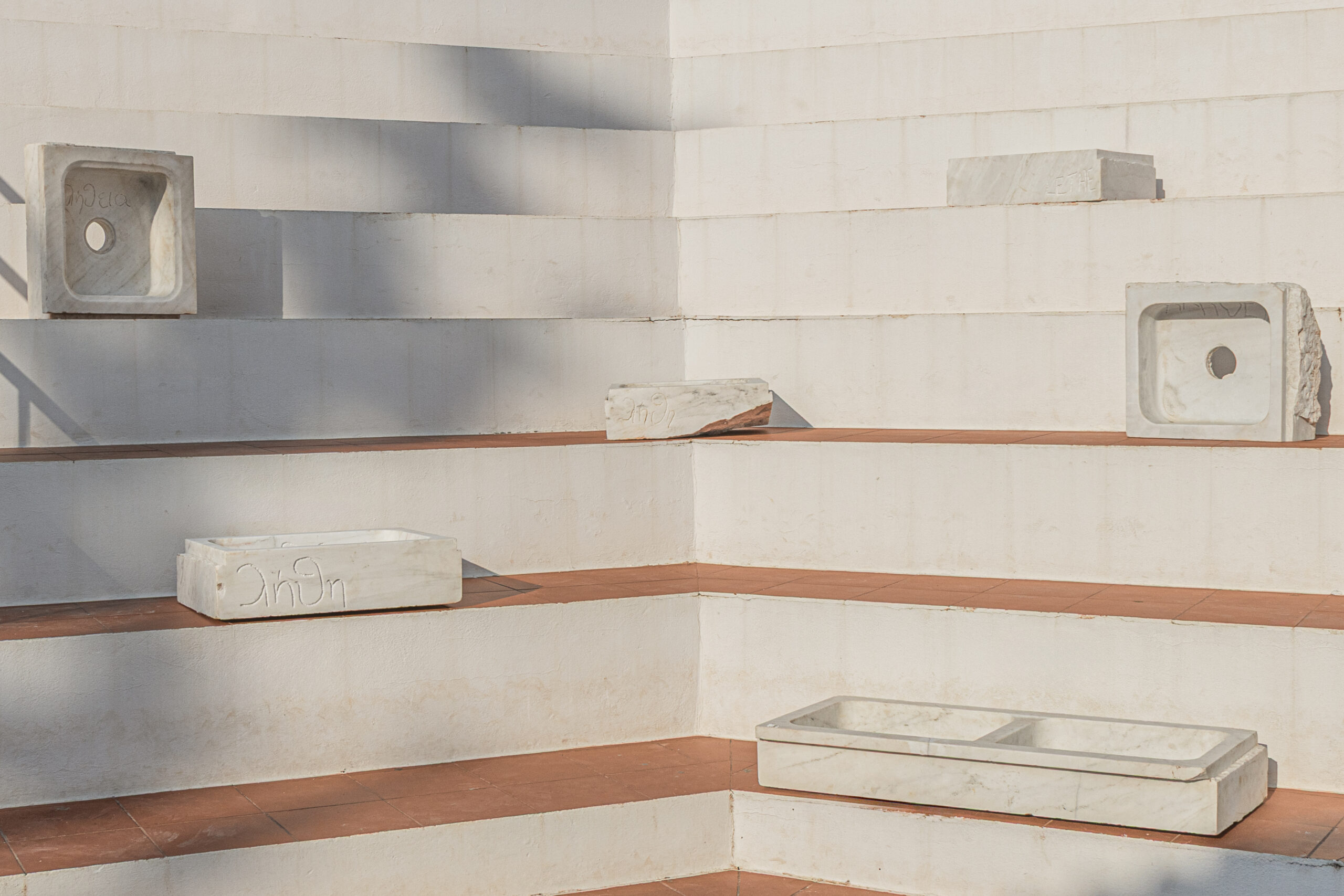
Mnemosyne Projects - Tatiana Gecmen-Waldek and Ekaterina Juskowski.
Produced by Mnemosyne Projects and curated by Tatiana Gecmen-Waldek and Ekaterina Juskowski, the series approaches marble not as monument but as material memory, repurposed, exhausted, and reawakened.
The works invoke a triad of Lithos (stone), Lethe (oblivion), and Aletheia (truth), crafting objects that carry both philosophical resonance and environmental urgency.

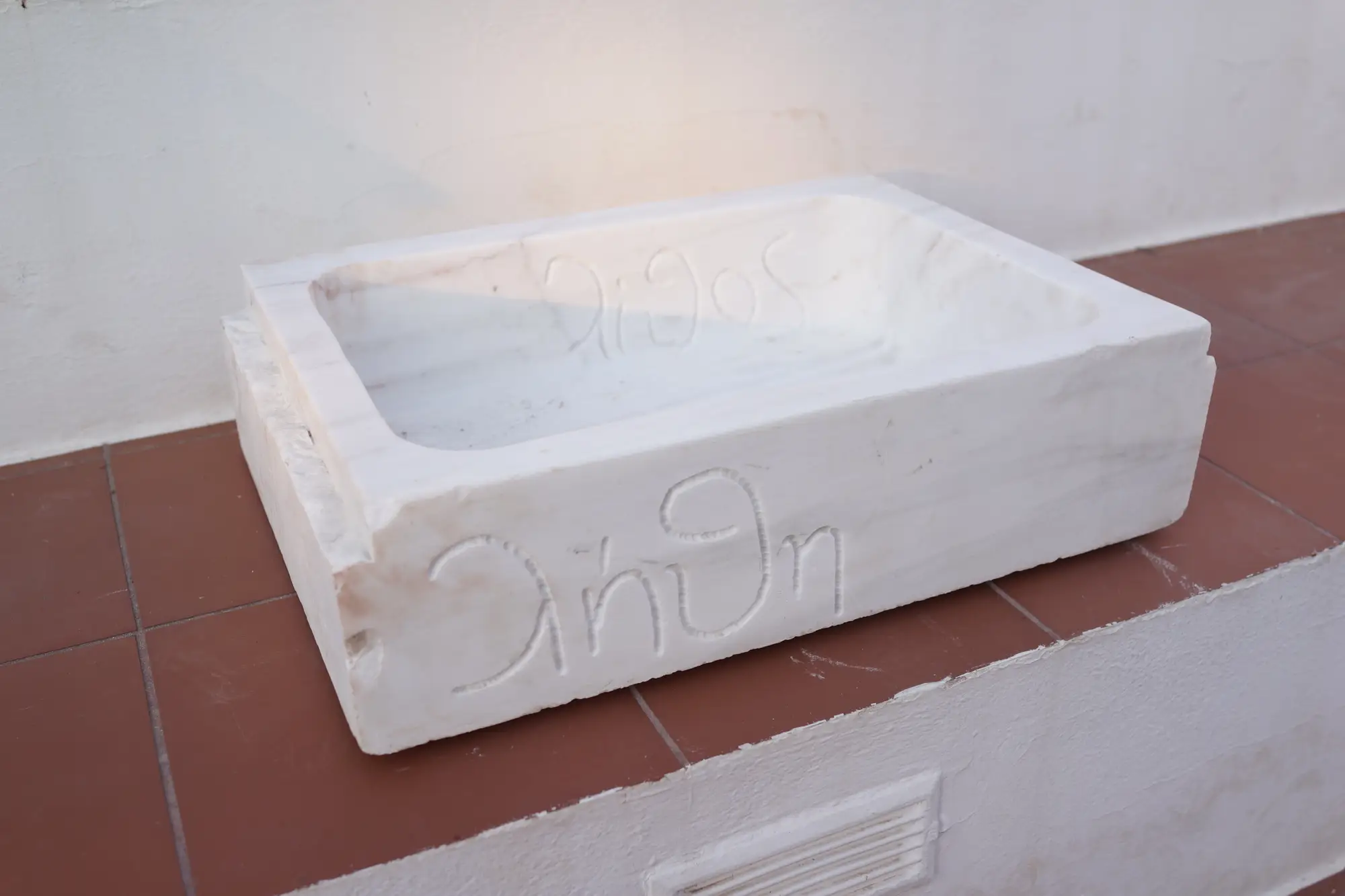
Details of Dimitrios Antonitsis’ marble “Fountains” engraved with the words Lithos and Lethe. Installed outdoors, they form the exhibition’s starting point and embody its central dialogue between stone, memory, and forgetting.
Inside the school, the wider group exhibition Lithos/Lethe unfolds in cooler light. Curated by Antonitsis, it brings together nine artists whose works engage in dialogue with place, memory, and transformation.
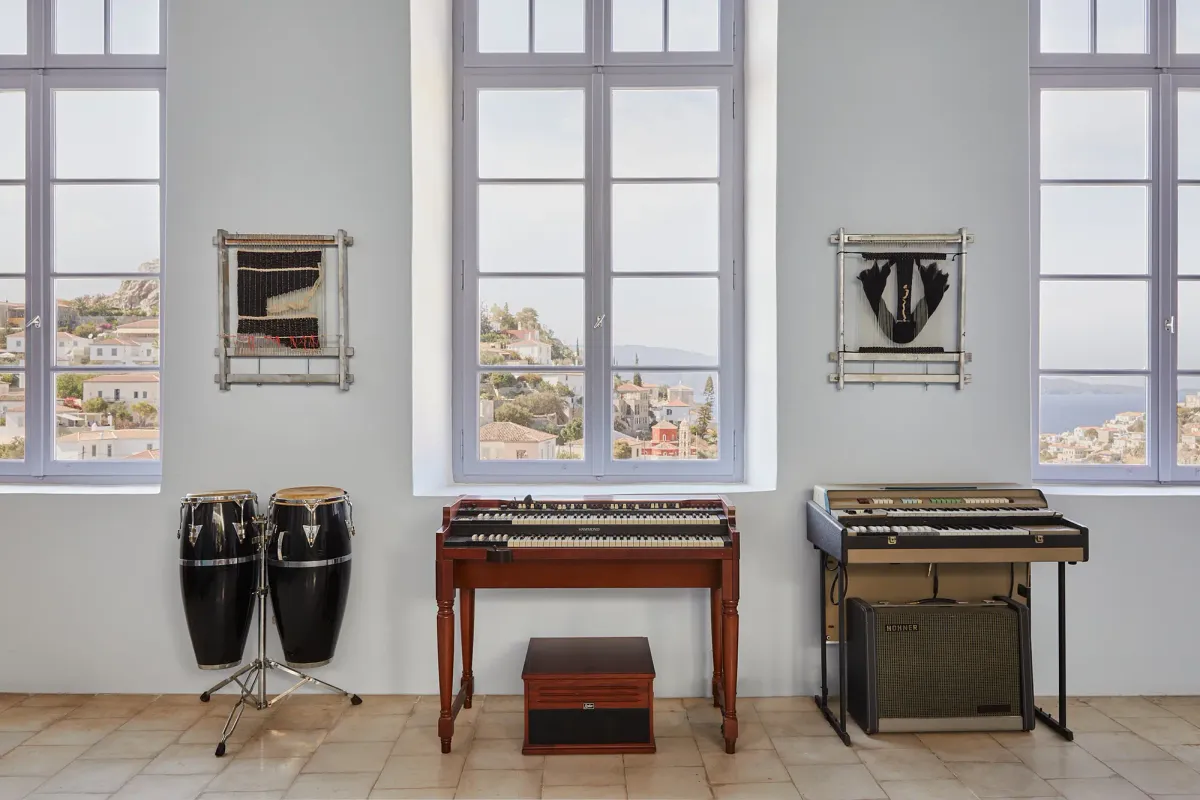
Last years project by Ekaterina Juskowski at the old Carpet Factory 2024 with works by Helen Marden and Dimitrios Antonitsis
Here, more of these “Fountains” appear, anchoring the show with a quiet insistence. They feel like markers, places to stop and listen for water that is not there, yet somehow is
A Room of Two Voices – Brice Marden & Jannis Kounellis
The first classroom we enter feels like stepping into a conversation that began long before you arrived.
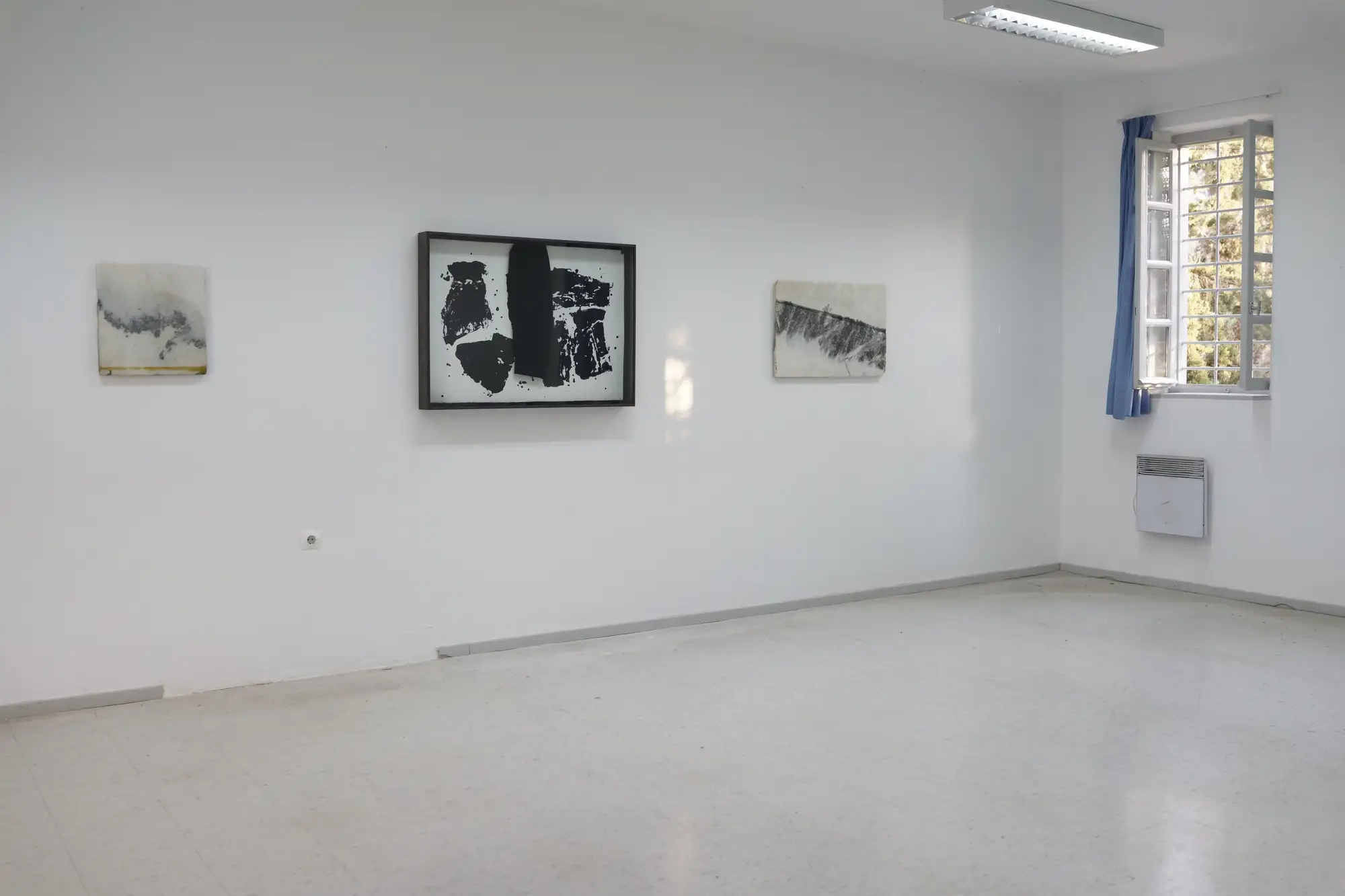

On one side, Brice Marden, who loved this island deeply and kept a home and studio here, brings marble into his language of line and surface.
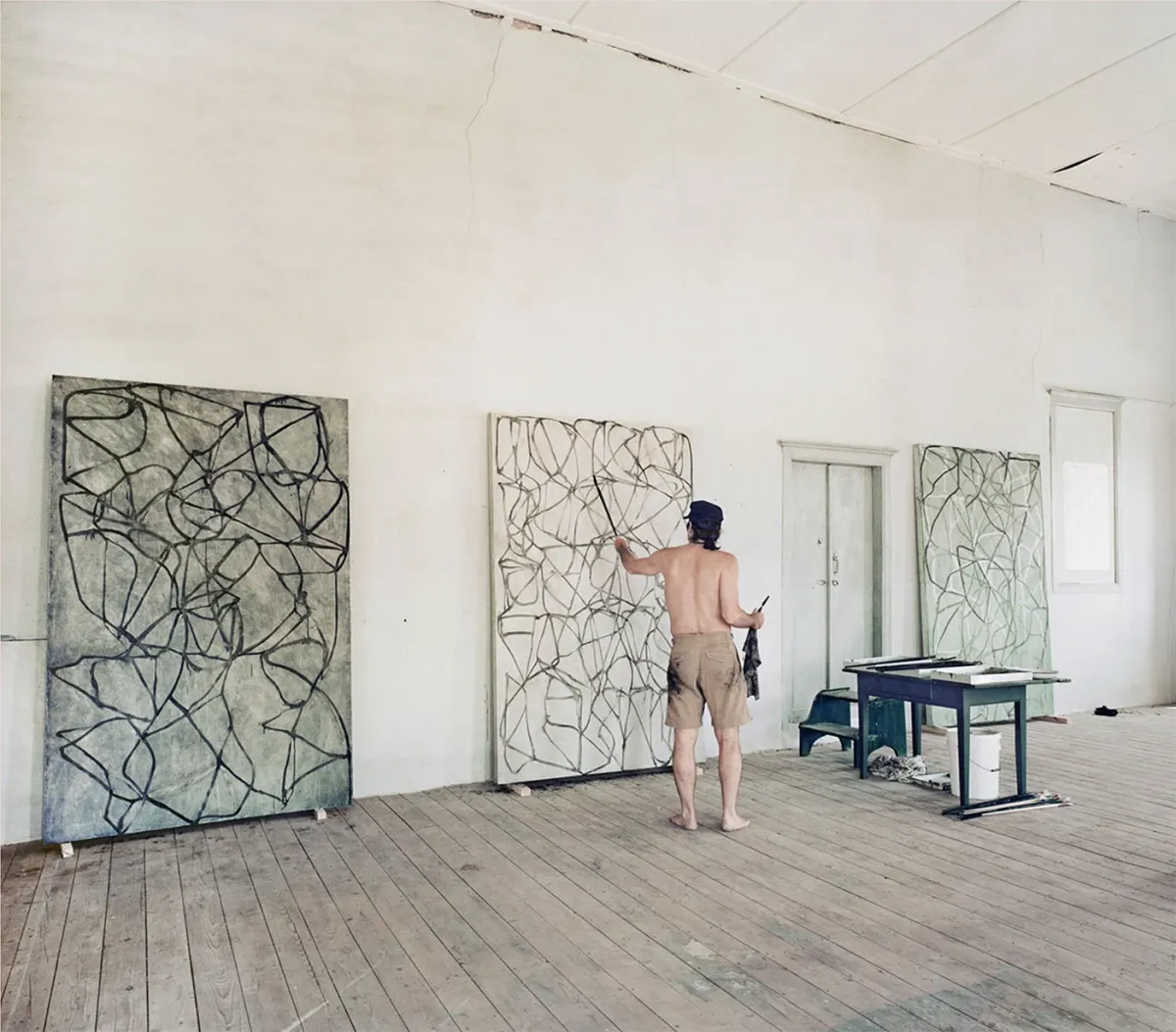
Brice Marden and his relation to Greece and Hydra Island
Known for his stick drawings and lyrical abstractions, in Greece he worked with locally quarried stone, treating it not as material but as place itself.
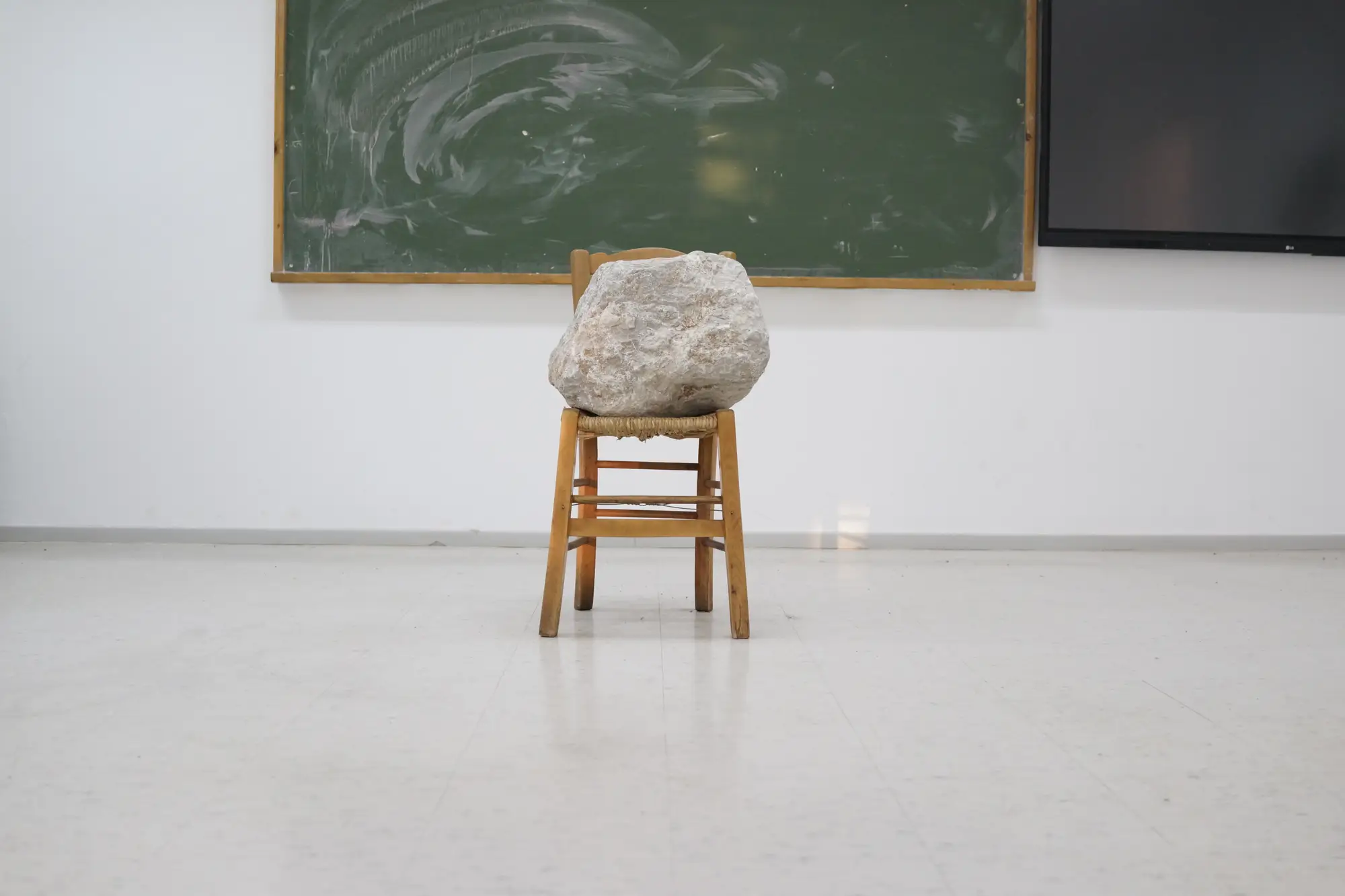
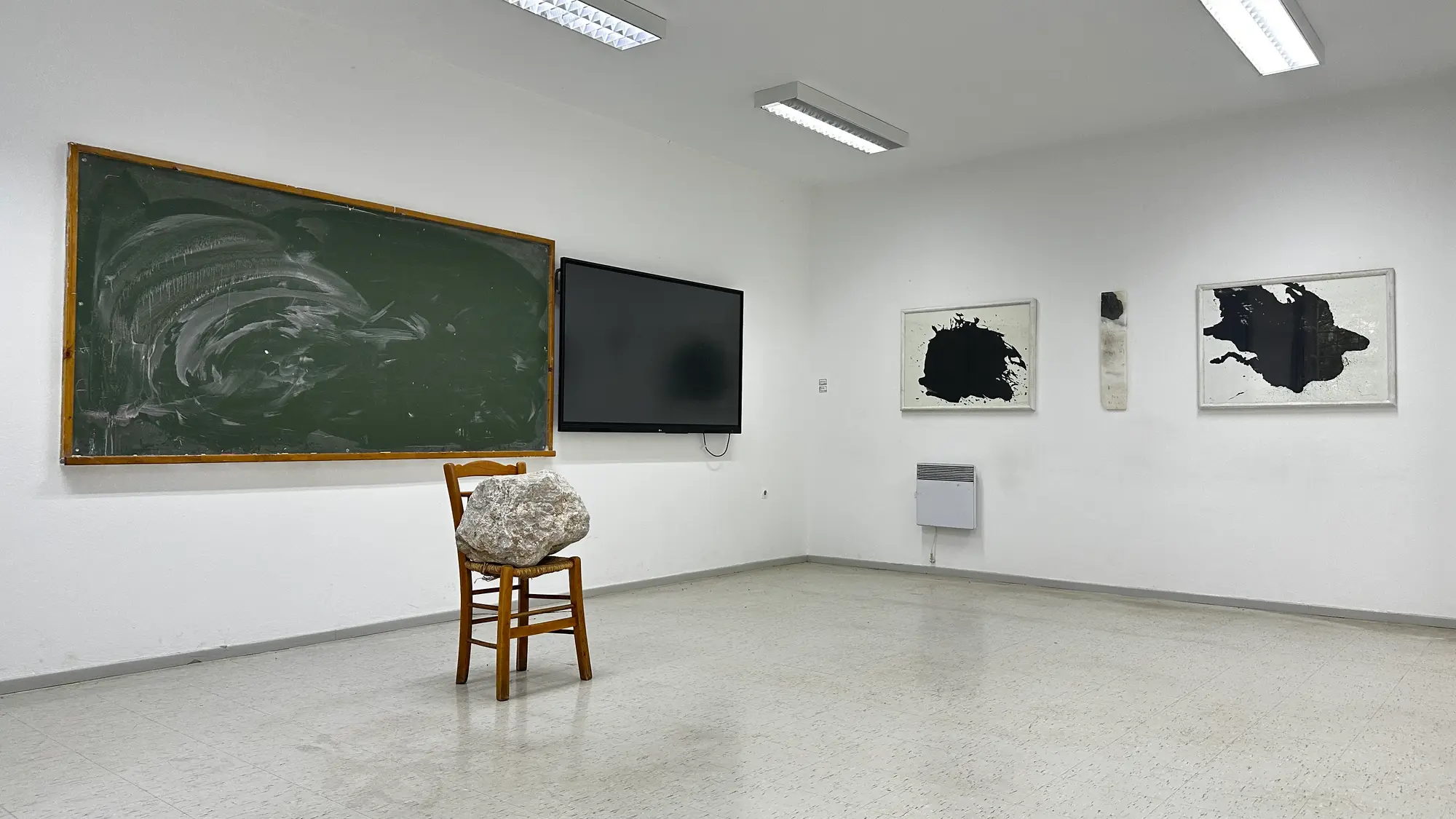
Facing him is Jannis Kounellis, the Greek-born giant of Arte Povera, whose work here is as distilled as it is weighty: stone and chair, set against a permanent green classroom chalkboard. The traces of the school, scuffed floor, the ghost of lessons past, become co-conspirators.
Both artists are gone now, but here they speak across time, their works leaning toward each other in the still air. Marden’s marble whispers meet Kounellis’ quiet staging; in between, the room holds its breath.
Textiles & Fragments – Isabella Ducrot & Felicia Reed
The next class room right next door shifts in tone, from stone’s density to the tactility of cloth and plaster.
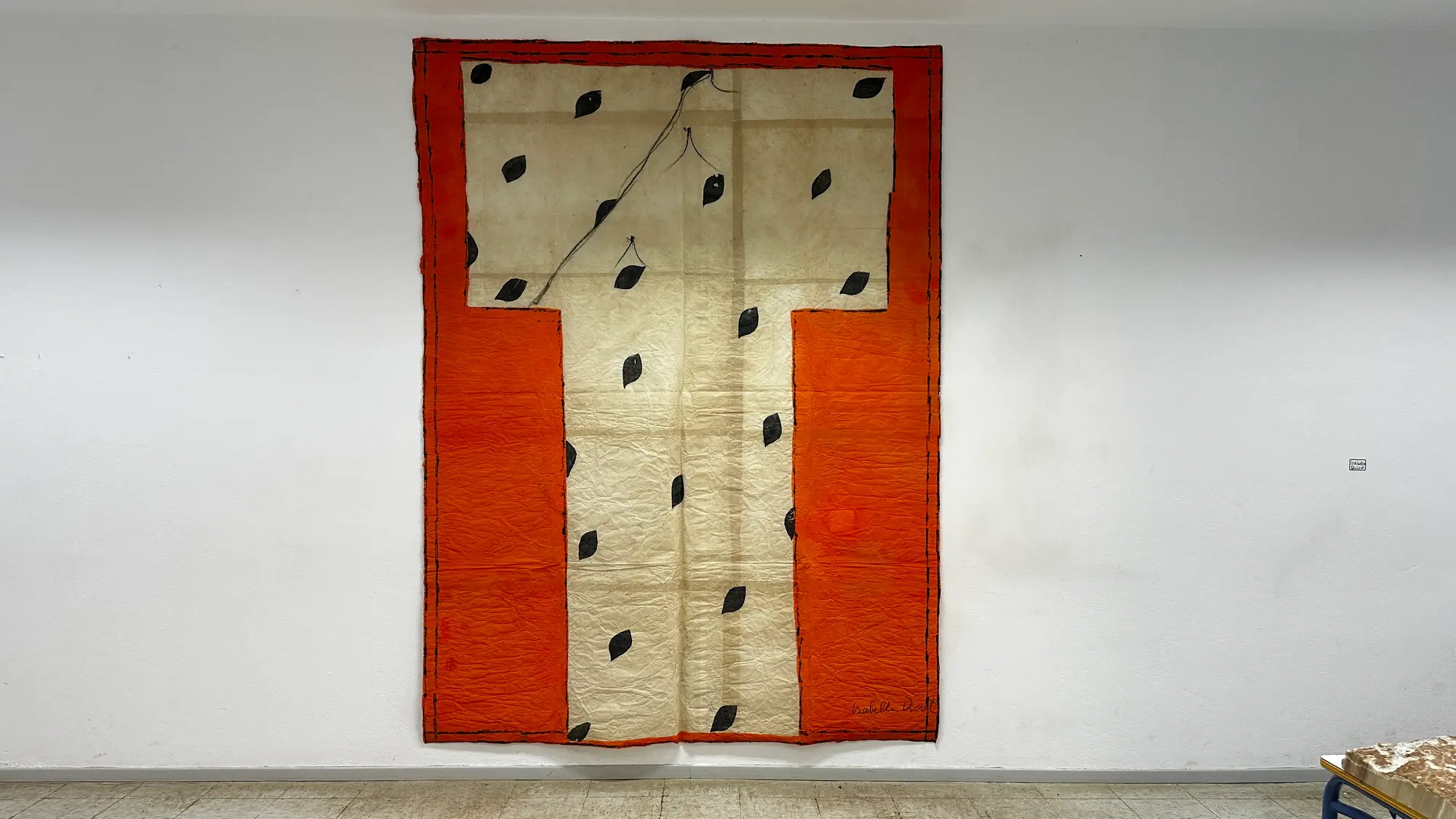
Isabella Ducrot arranges fabric like a painter handles pigment, stitched panels of color and pattern, geometric yet breathing. Her compositions feel deliberate and generous, leaving room for air to move through them.
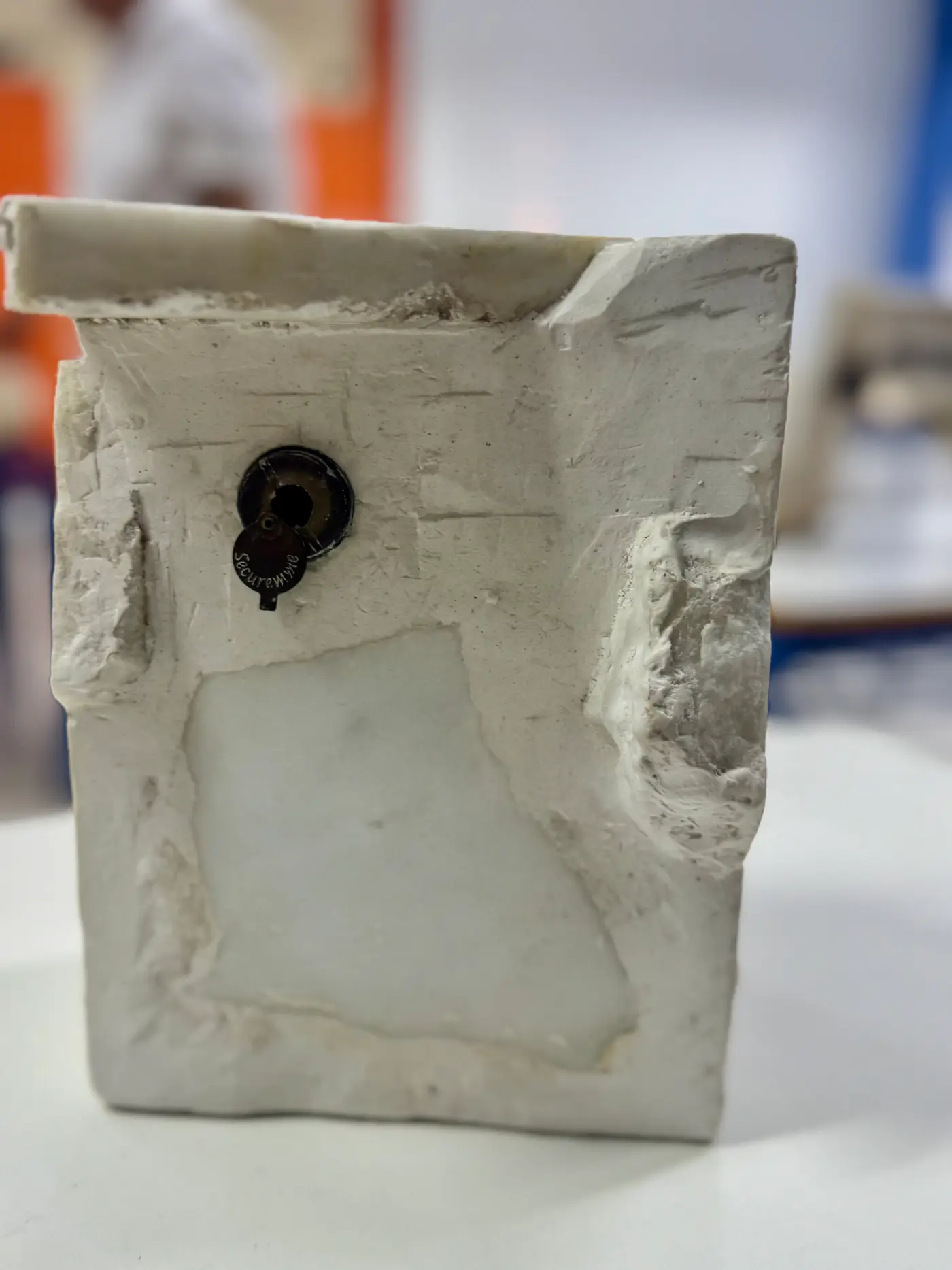
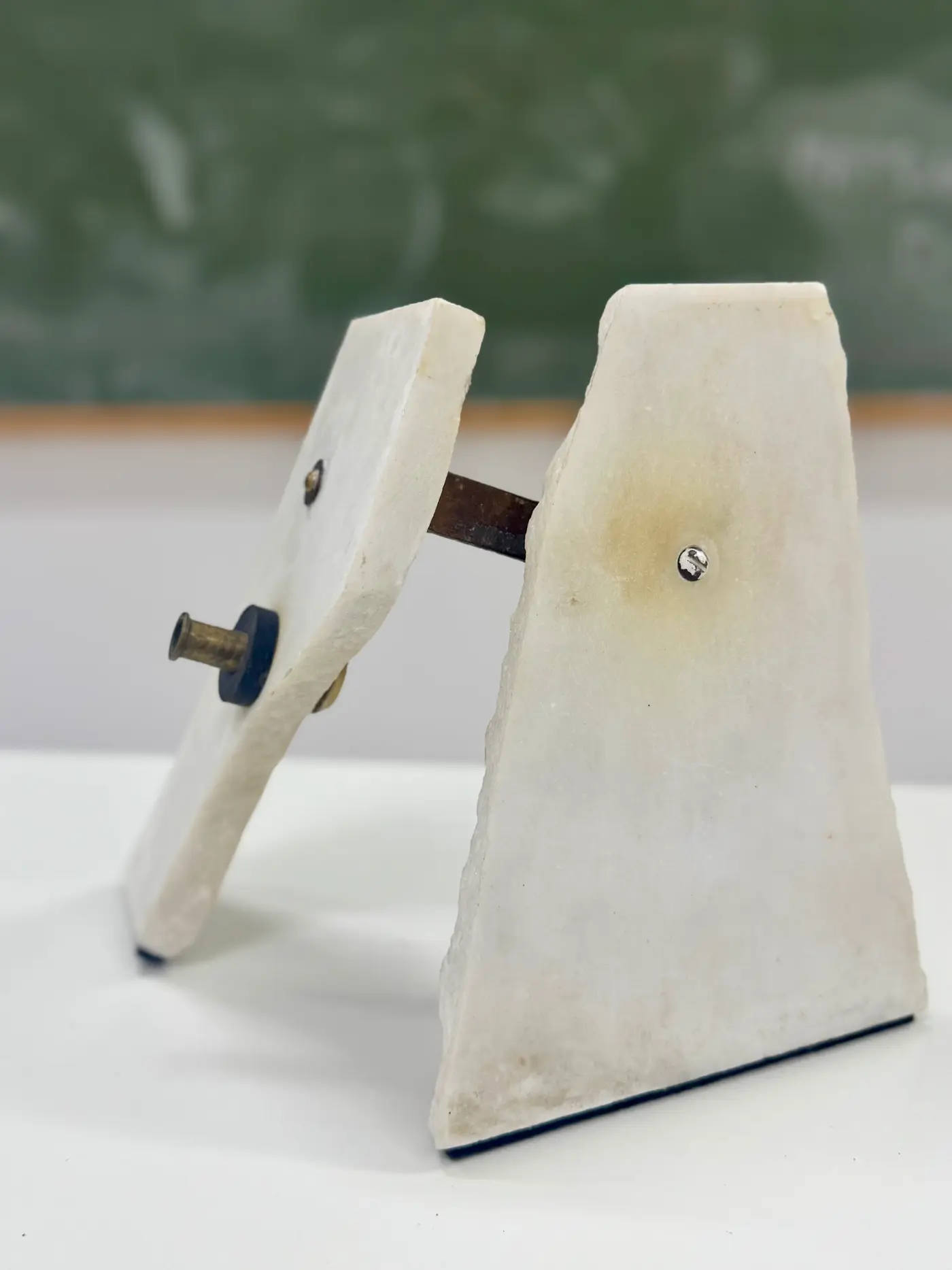
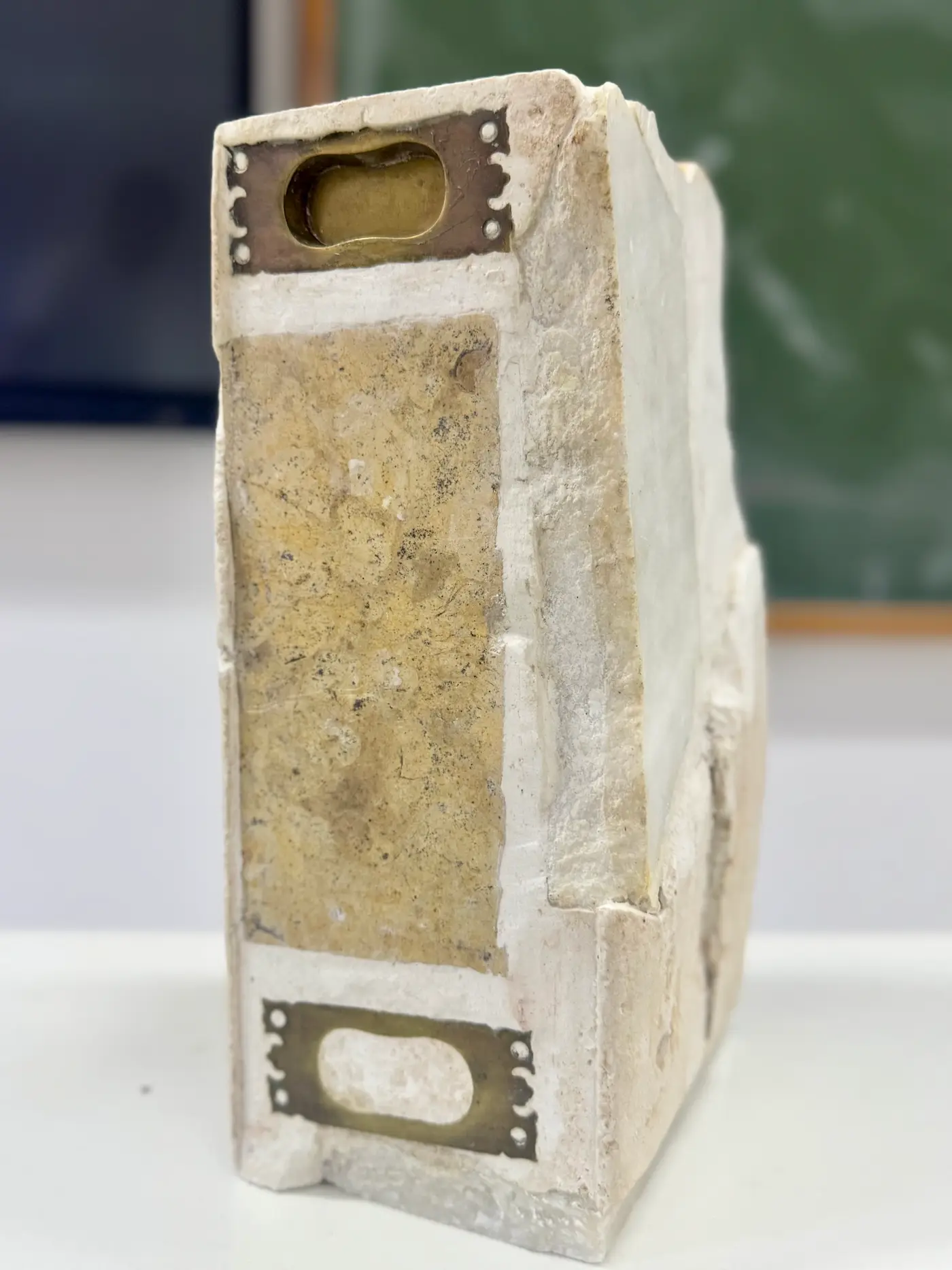
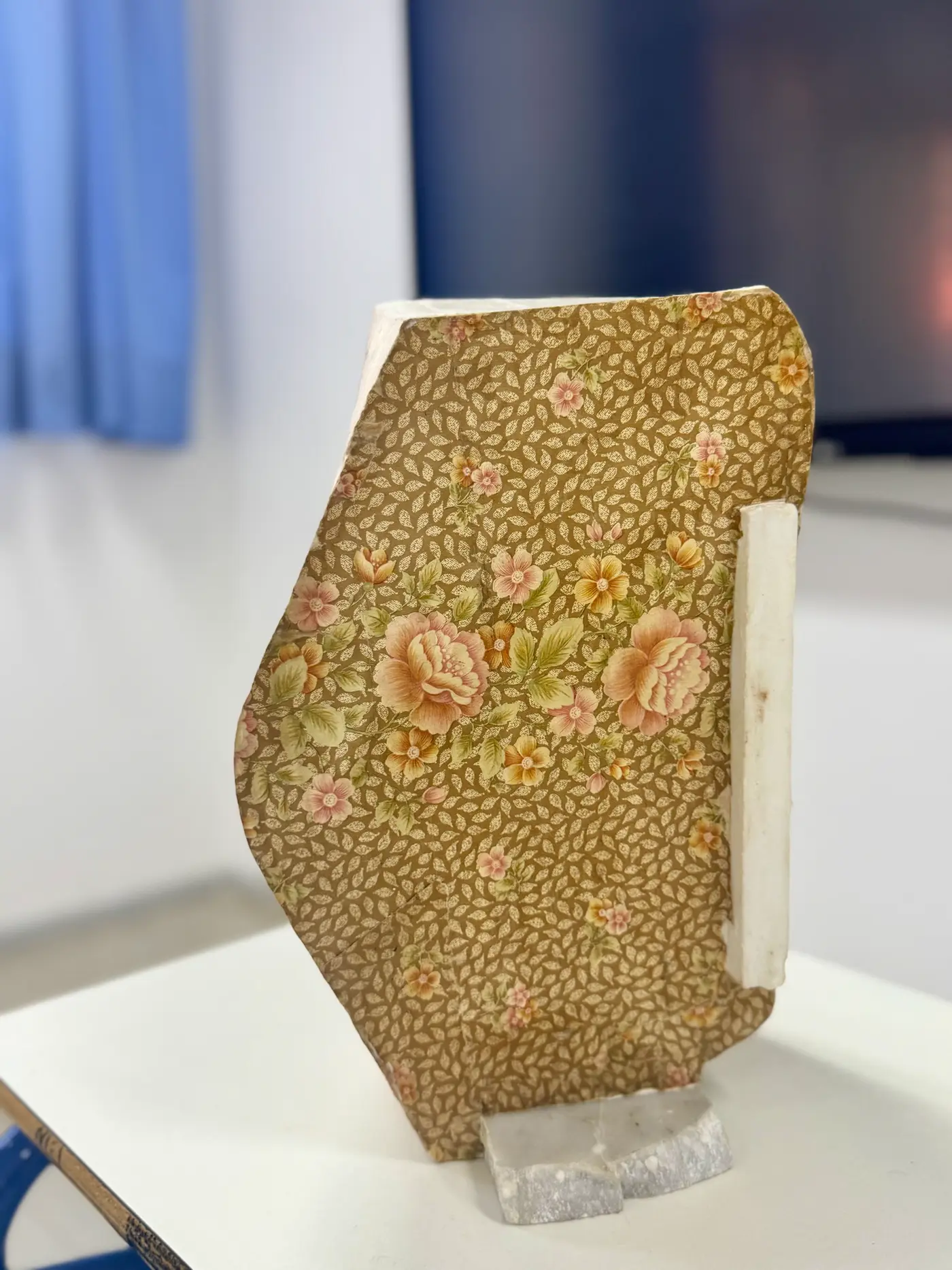
Plaster and marble fragments by Felicia Reed at Hydra School Projects 2025. Reed’s sculptural objects combine remnants of architecture with traces of domestic life — floral wallpaper, locks, hinges — turning building debris into intimate relics of memory
Felicia Reed counters with sculptural fragments: plaster blocks, bits of metal hardware, forms that feel salvaged from a half-demolished building.
They read as relics of use, precise and fragmentary at once, holding on to the ghost of their original purpose while standing firmly as objects in their own right.
William Farrell
Farrell’s bronzes sit like tools from a parallel past, objects that are organic in form yet carry the polish of something made to last.
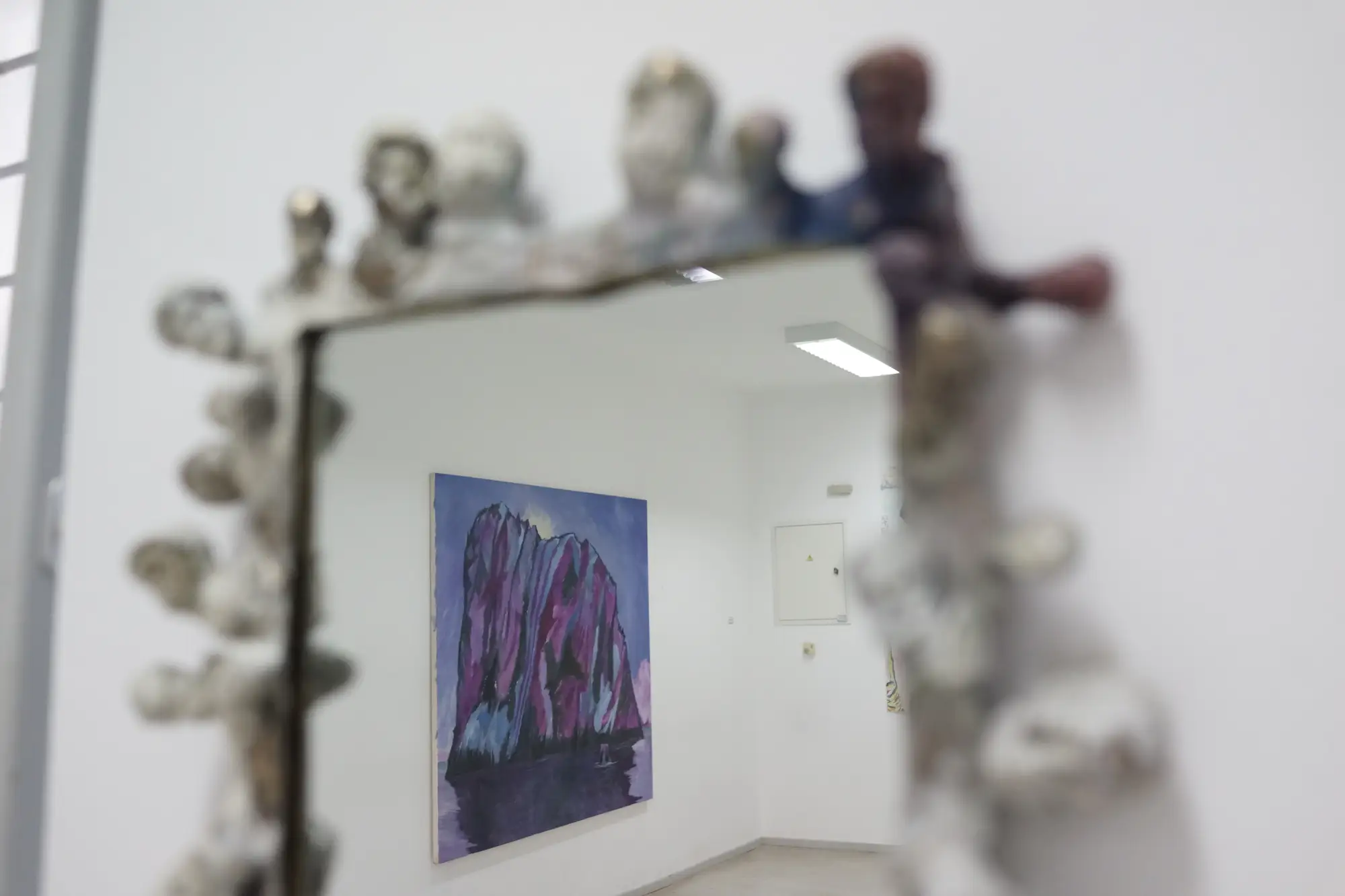
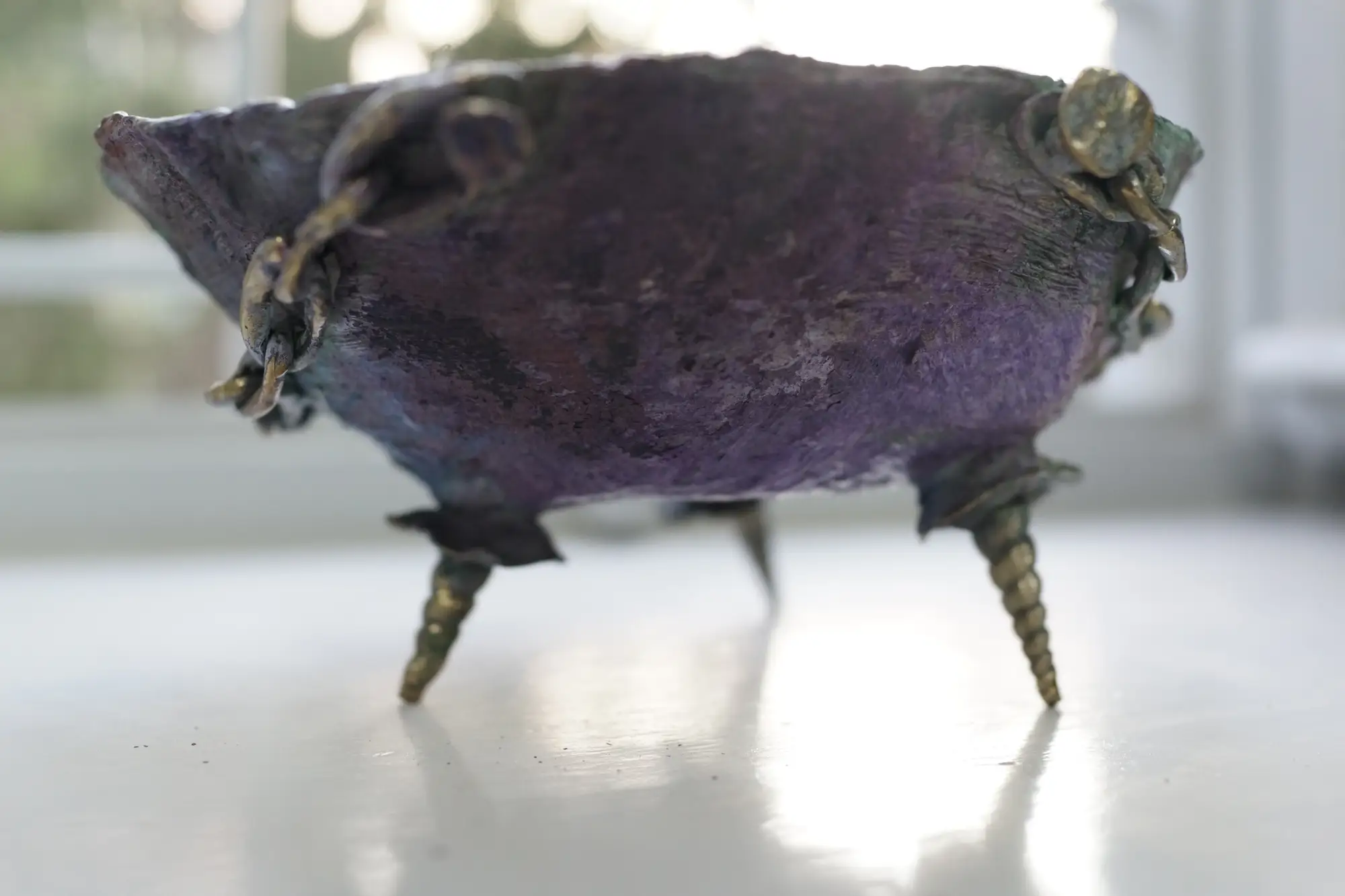
They hover between artifact and invention, each surface a record of time’s slow touch.
Billy Sullivan
Then a burst of color. A wall crowded with sketched, painted, and splashed moments from life on Hydra, depicting friends, faces, glimpses of the sea and the sun.
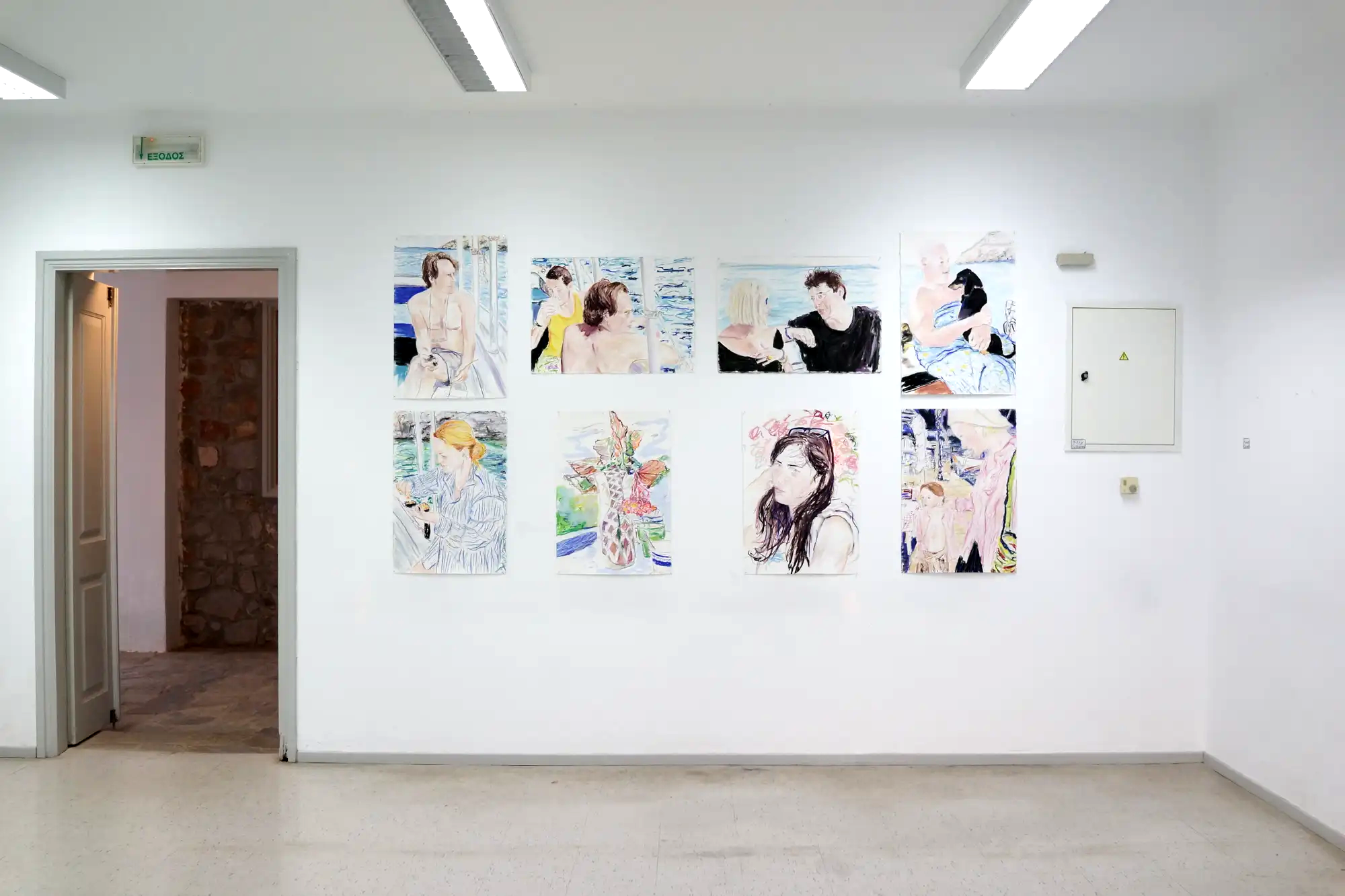
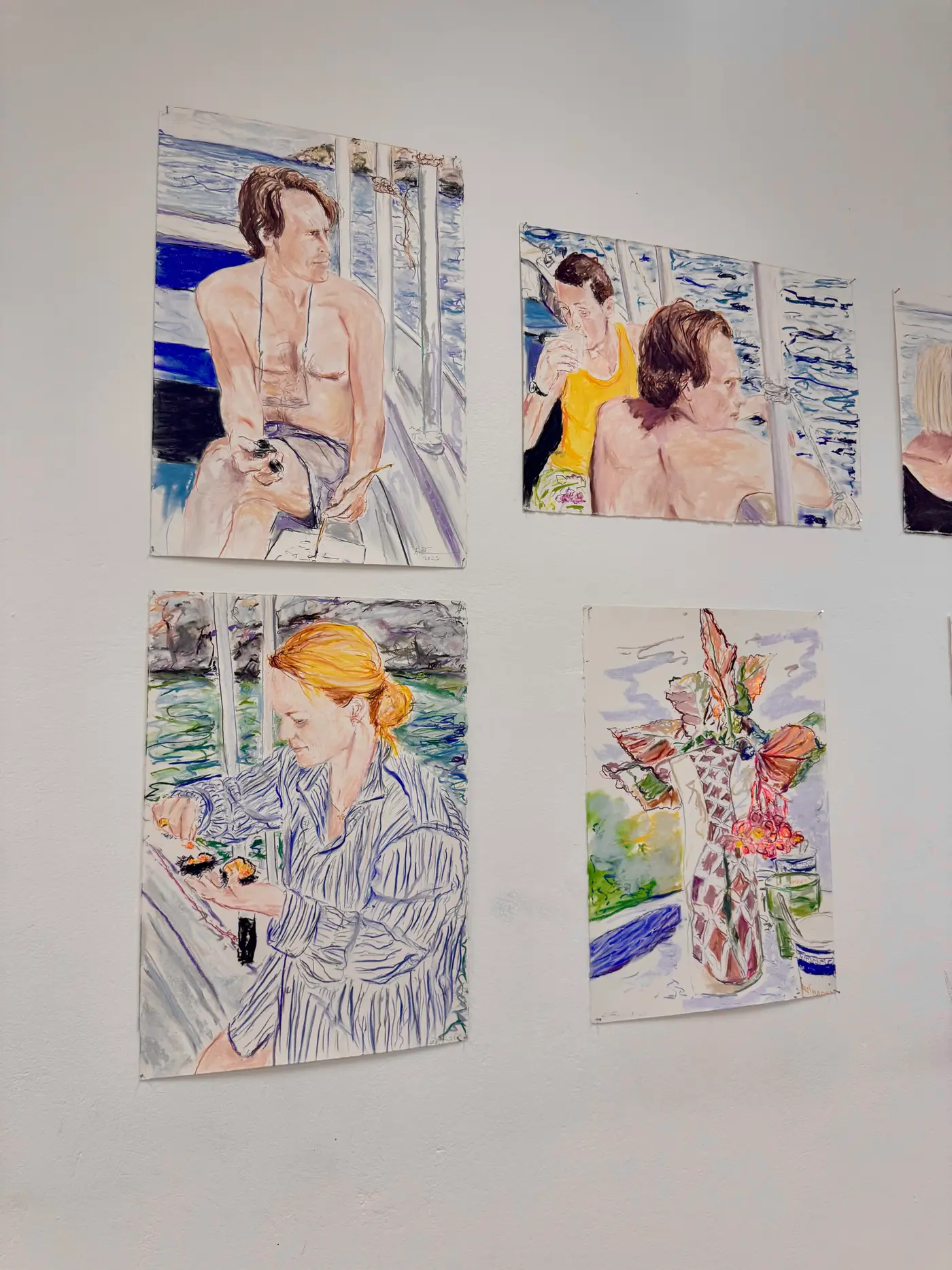
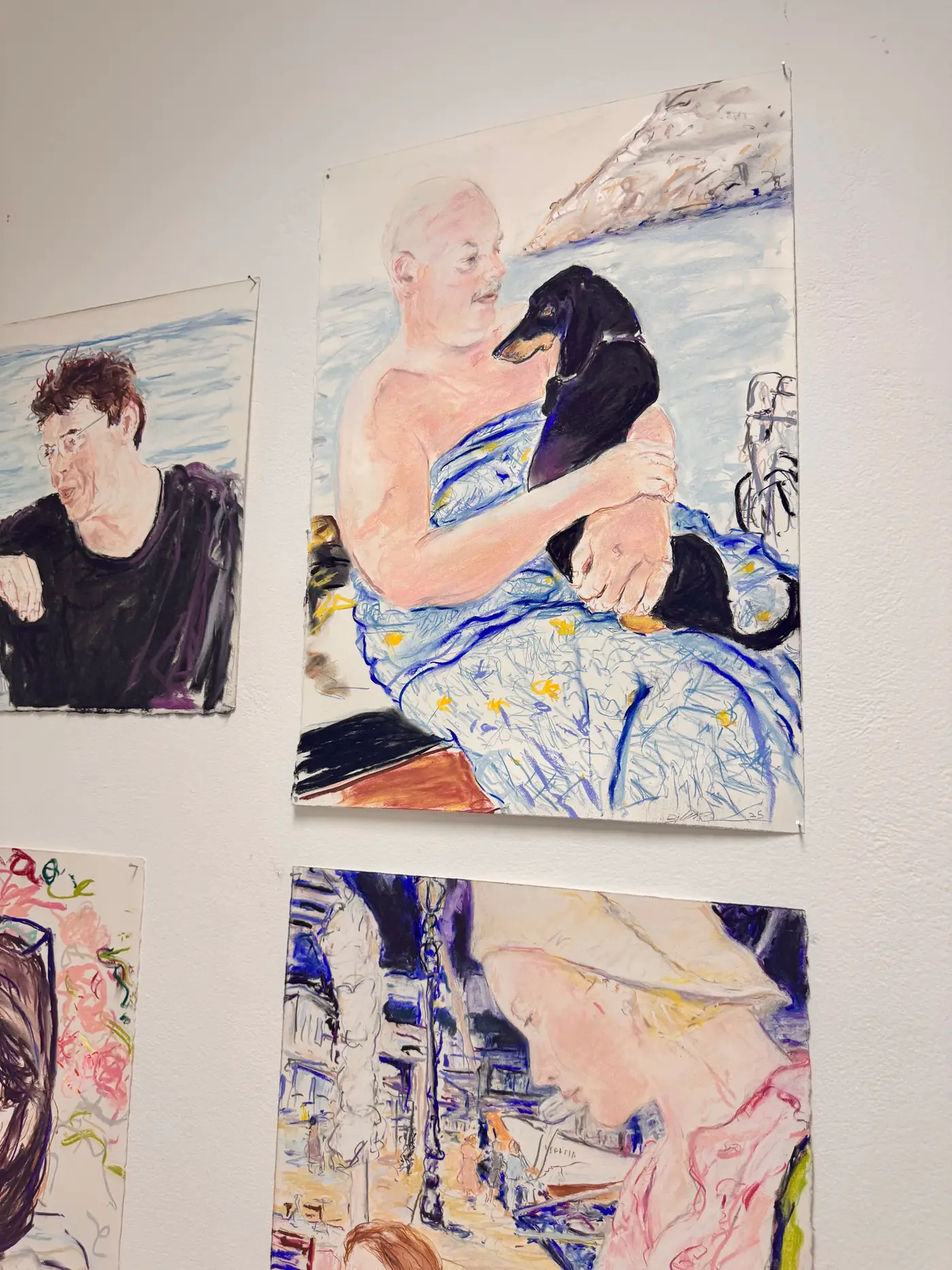
Detail of Billy Sullivan’s drawings at Hydra School Projects 2025. Scenes of friends, sea views, and daily moments on Hydra capture the island’s spirit — including a portrait of curator Dimitrios Antonitsis with his dog Barracuda (right), a personal anchor within the series.
One drawing catches Dimitrios himself in a boat, his dog Barracuda at his side, a perfect shorthand for friendship and summer freedom. Sullivan’s works are a reminder that joy can be documentary, that color can stand in for the heat of the season itself.
Angela Tisner
Tisner works in sound and image, drawing from performance and documentary to create a kind of whispered dialogue between place and memory.
Her work feels like an overheard conversation carried on the wind, slipping between the rooms of the school.
Konrad Zukowski
Konrad Zukowski closes the walk with paintings that feel both anchored and in motion, violet cliffs, blue depths, figures suspended between land and sea.
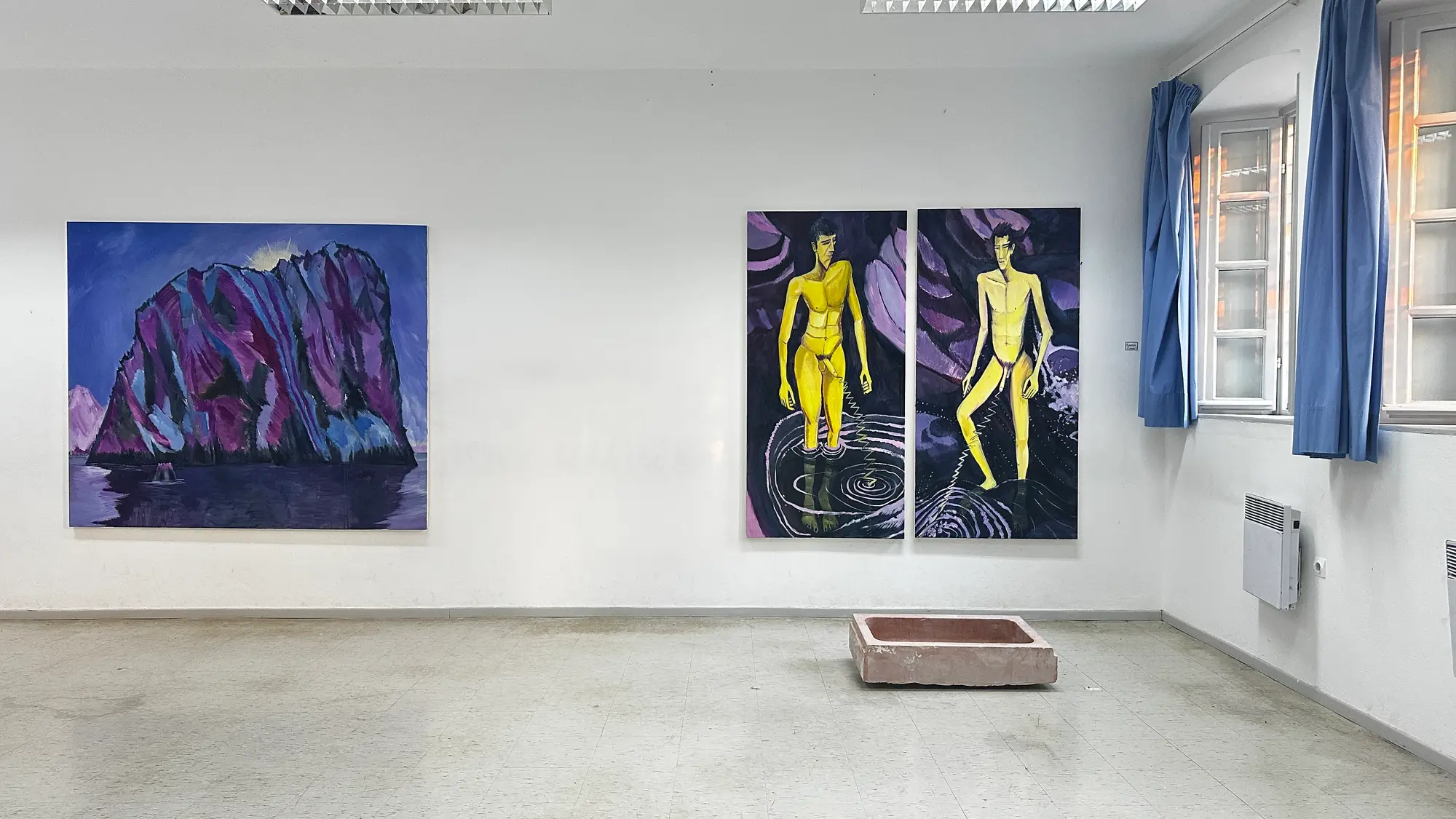
His brushwork is sharp yet atmospheric, holding the heat of the rock and the cool pull of the water in the same frame.
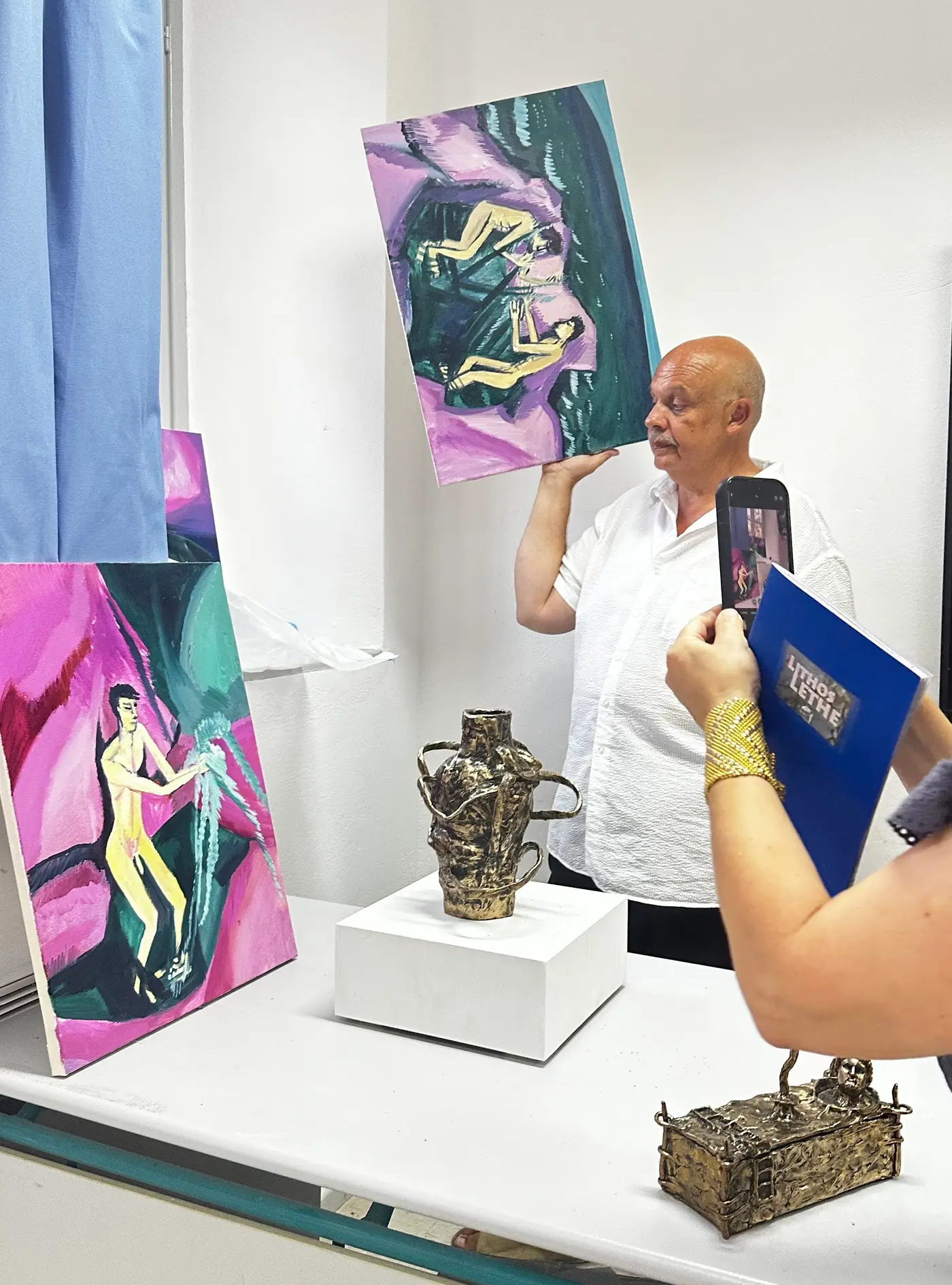
The School as Vessel
The Hydra School Project has always been about more than just putting art in a room.
By using a living building, one that breathes, empties, and fills with the seasons, it turns exhibition-making into a site-specific act.
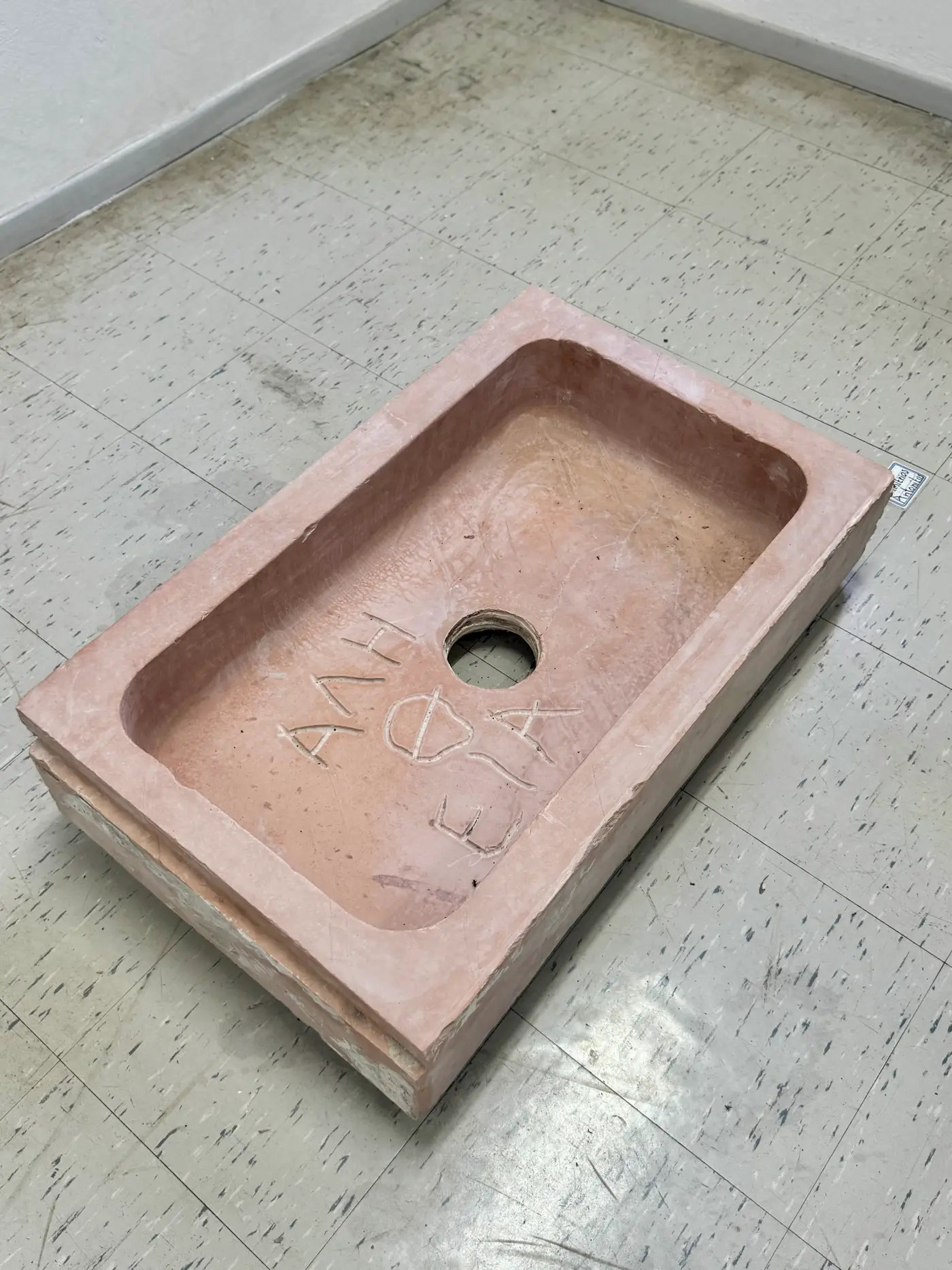
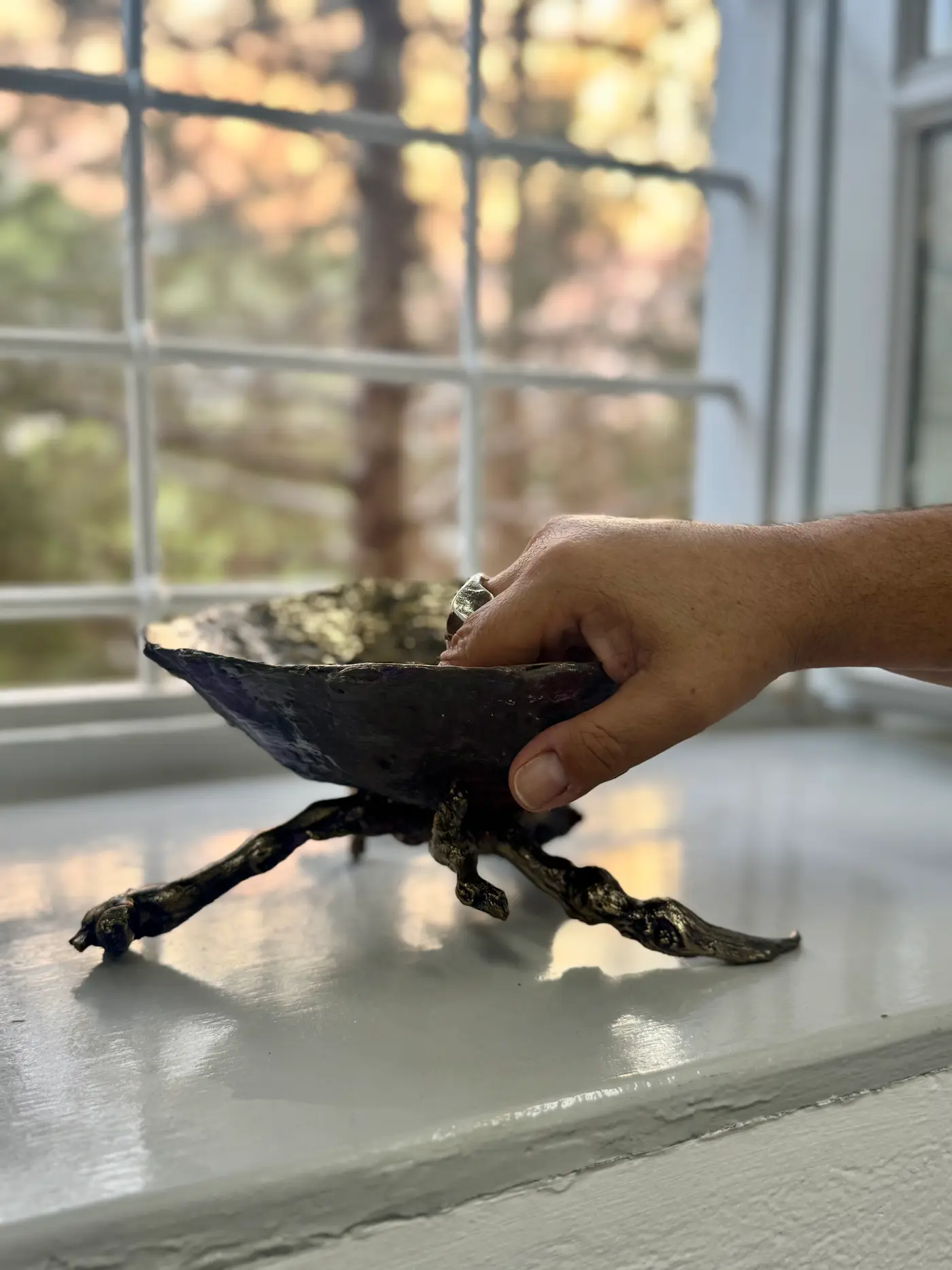
The school itself becomes a vessel — holding traces, fragments, and gestures. From carved stone basins to bronze forms cradled by hand, each work turns material into memory. Hydra School Projects 2025. Image by Munchies Art Club.
With Lithos/Lethe, Dimitrios Antonitsis offers a show that listens to the building as much as it does to the island outside.
And for anyone who wants to experience contemporary art in its most unguarded form, it remains an essential summer stop.
‘Lithos/Lethe’
Hydra School Projects, Curated by Dimitrios Antonitis
Artists: Isabella Ducrot, William Farrell, Jannis Kounellis, Brice Marden, Dimitrios Antonitsis, Felicia Reed, Billy Sullivan, Angela Tisner and Konrad Zukowki
HSP@lyceum, Hydra
June 20 – September 07, 2025
Dimitrios Antonisis School Project on Instagram
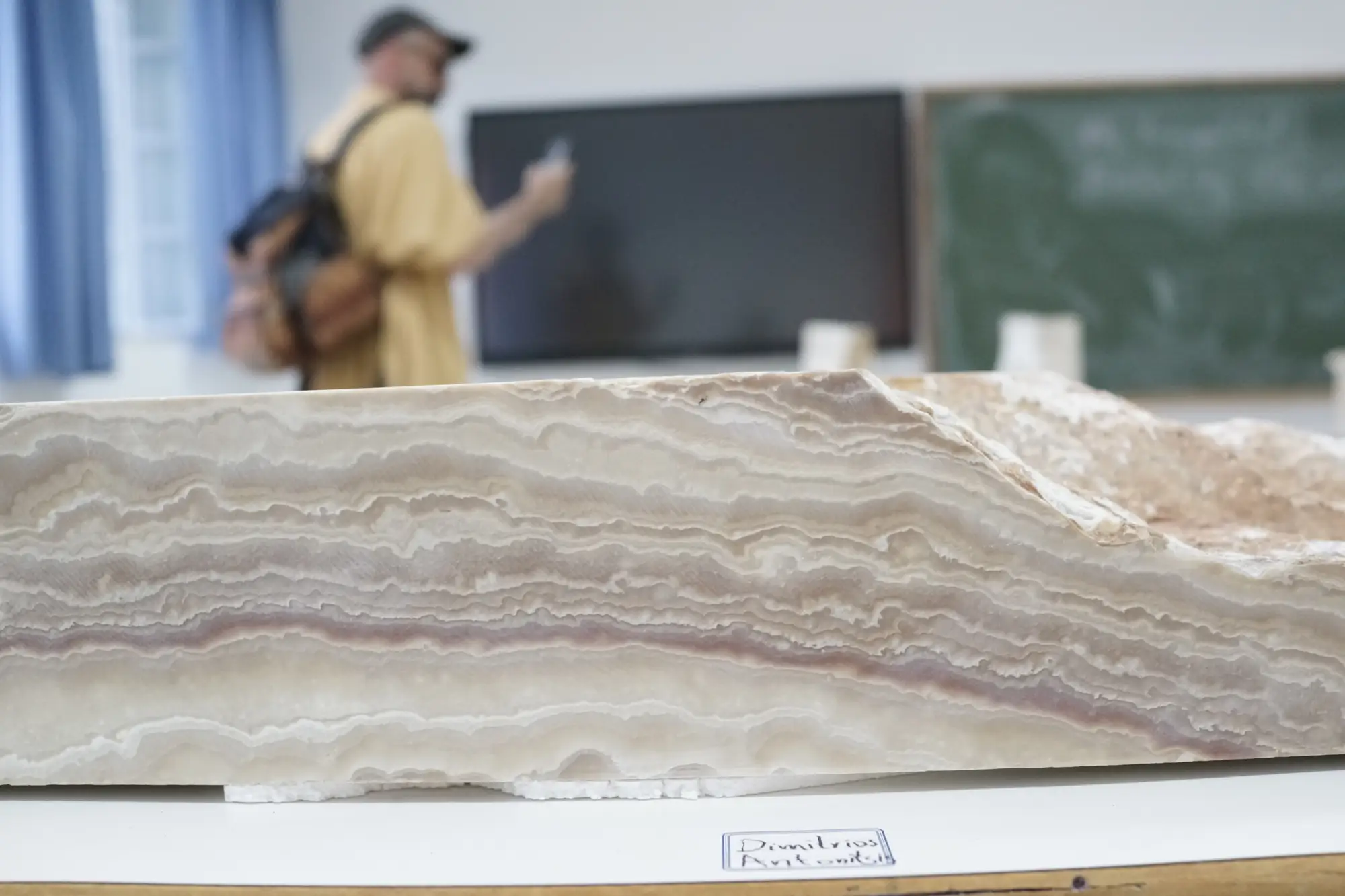
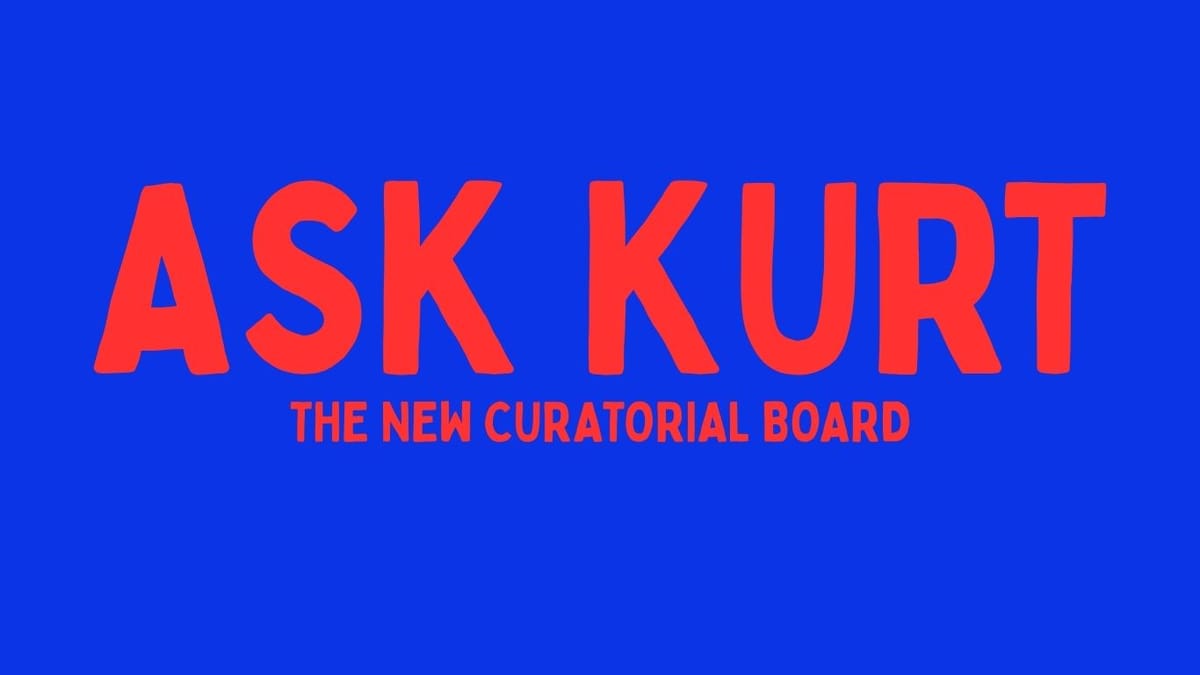
Munchies Art Club Features your work
New on Munchies Art Club:
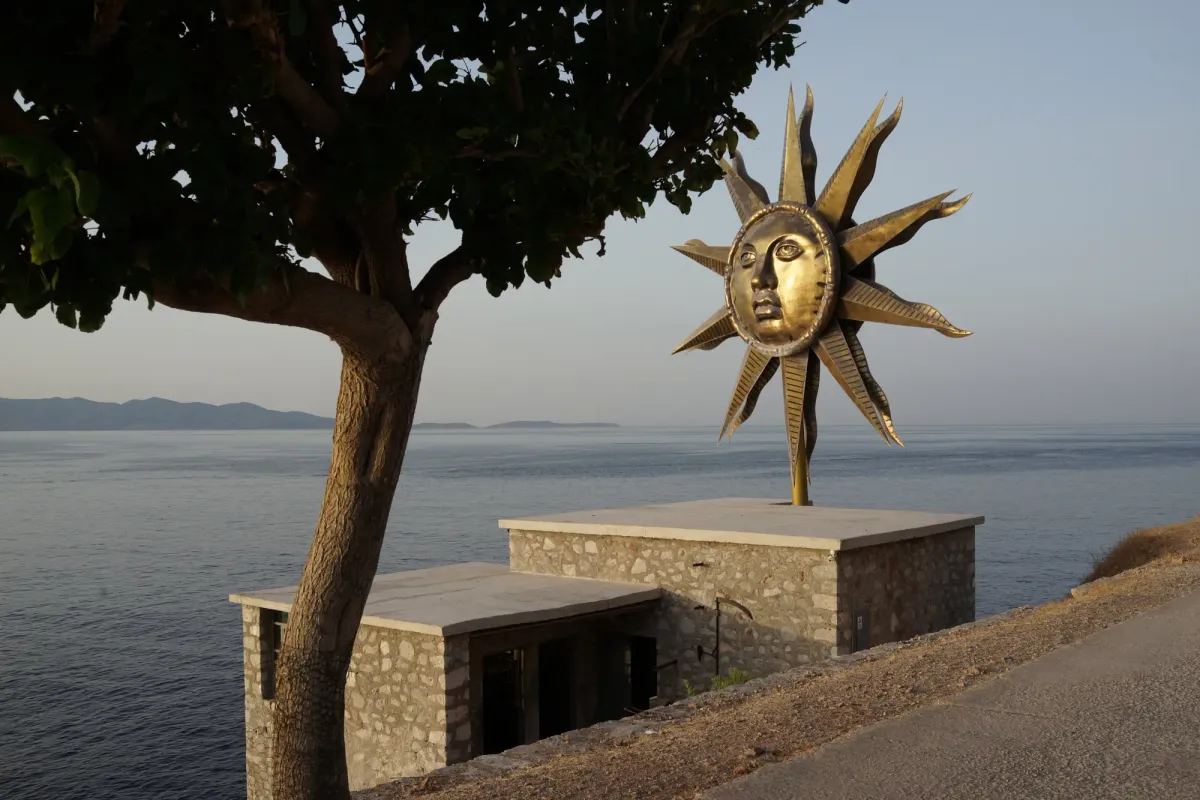
Our Visit to the Deste Foundation 2025 with a solo presentation of Andra Ursuta
Readers looking for this:
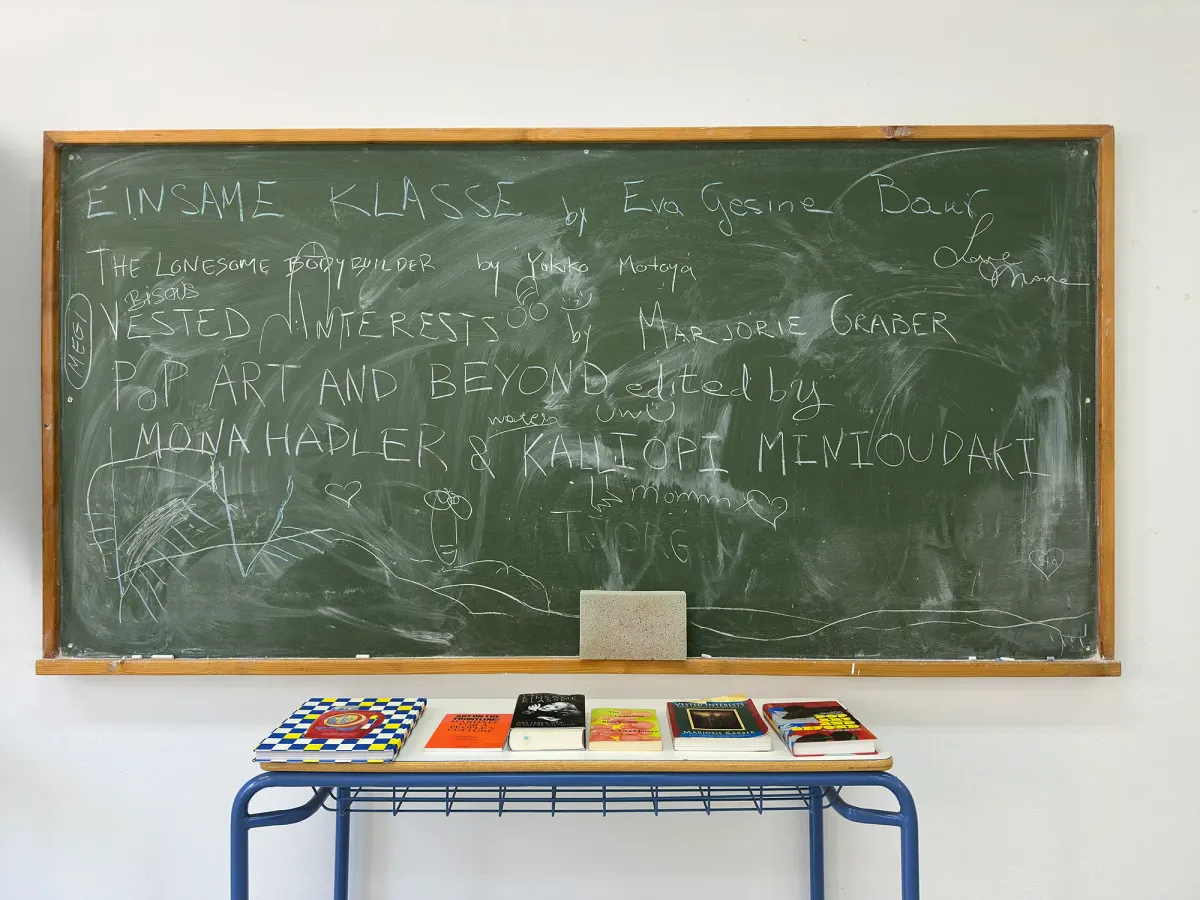
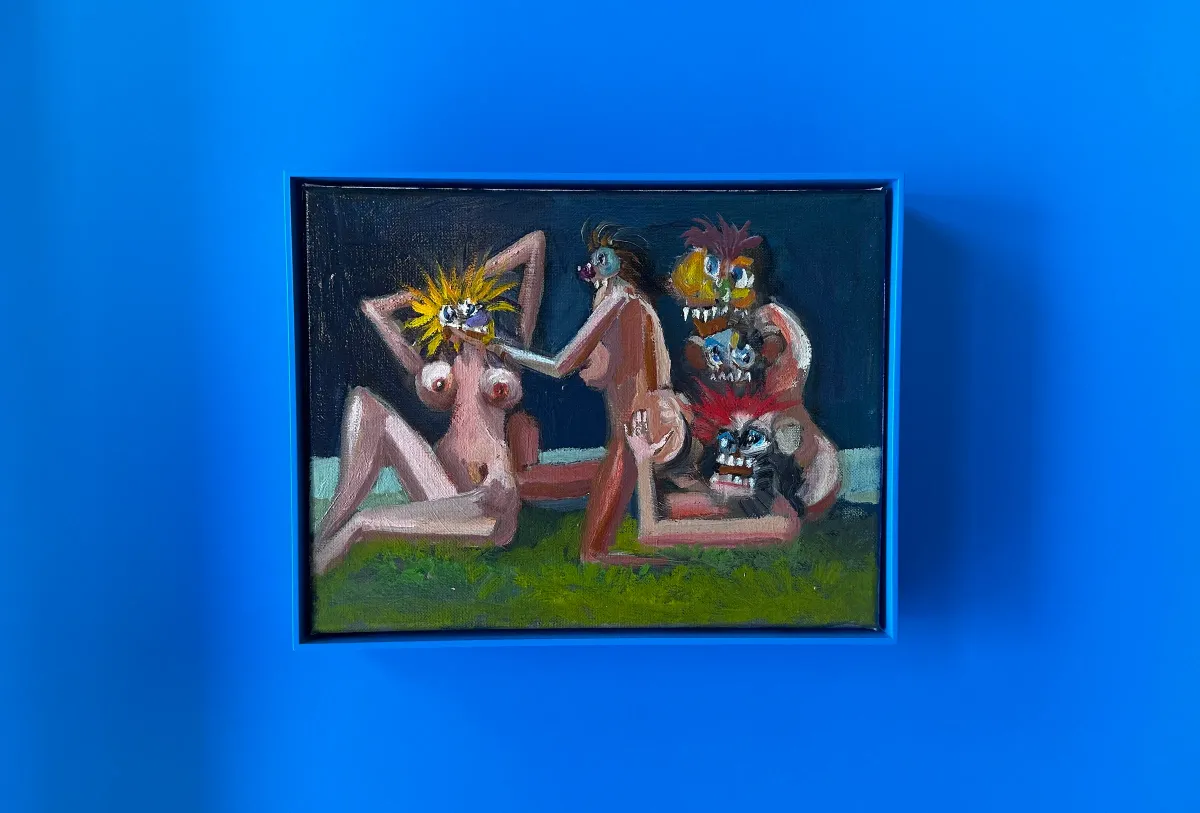

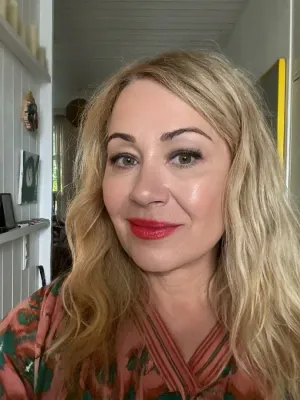








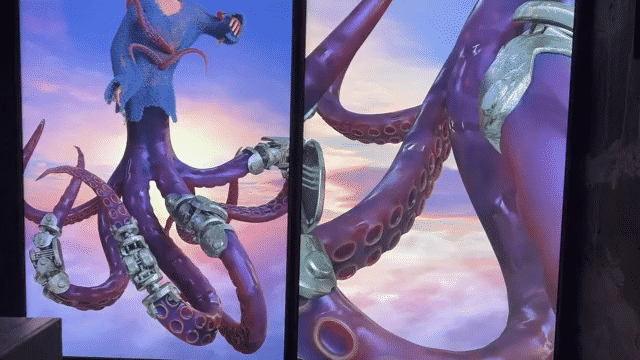
Member discussion